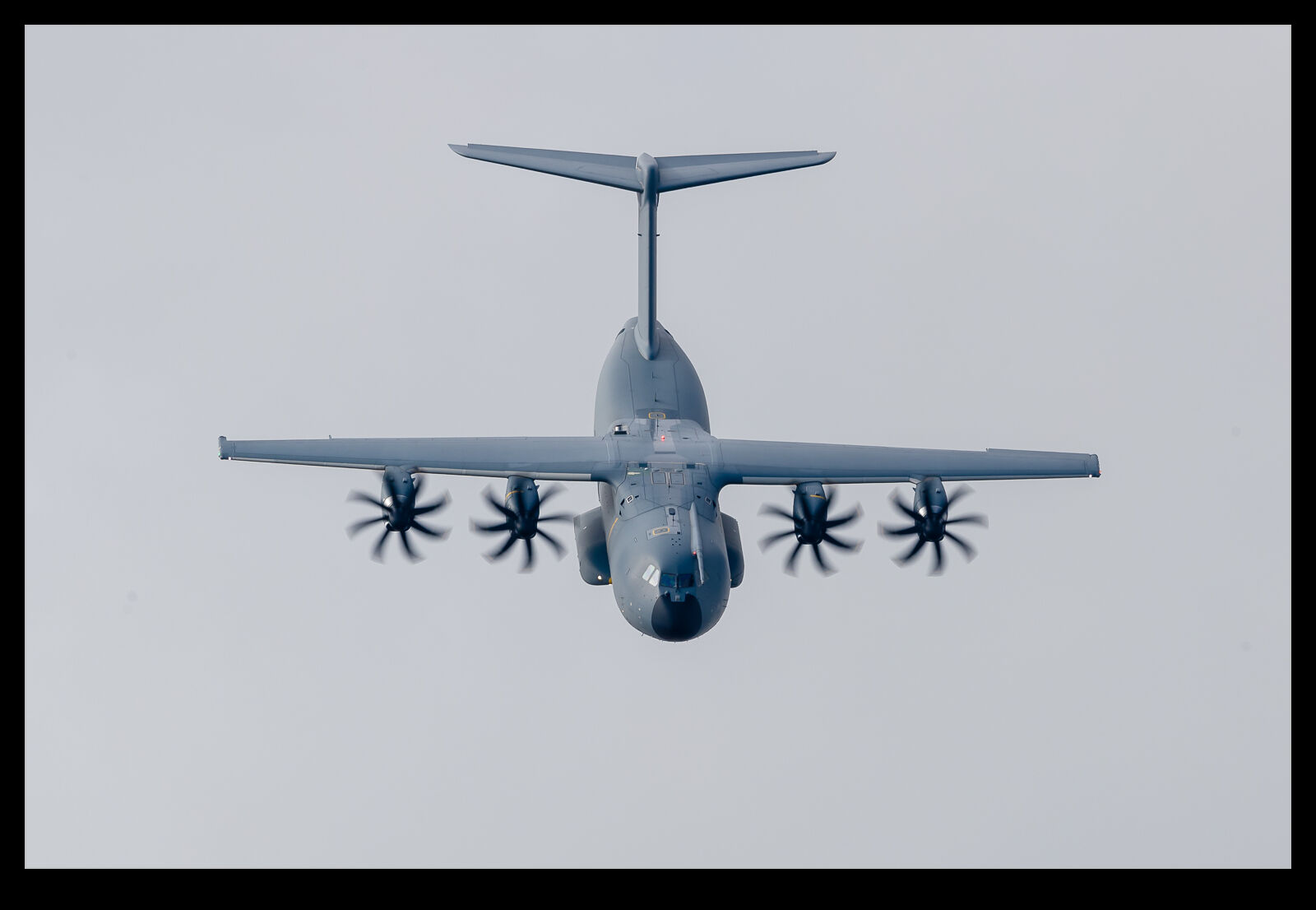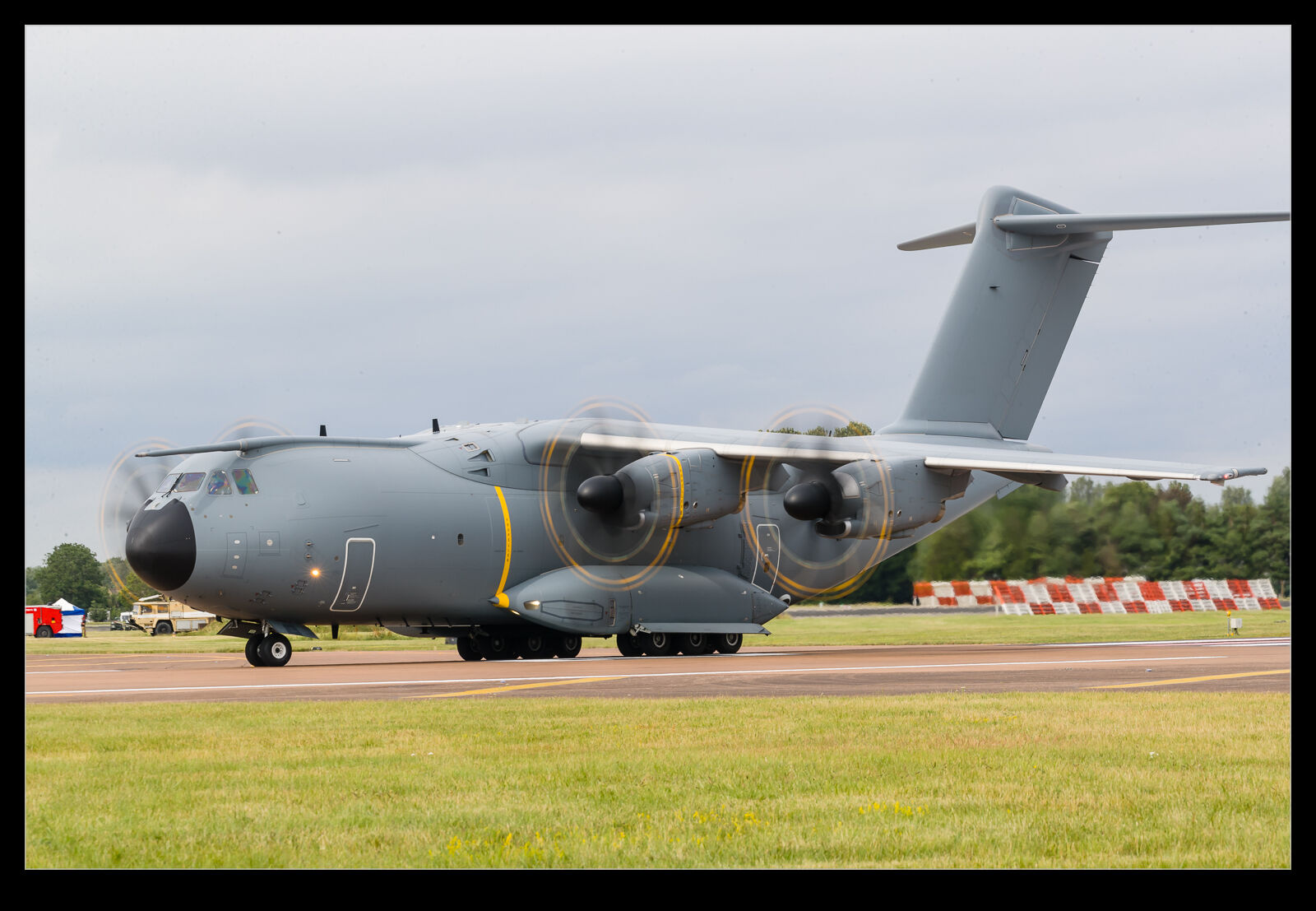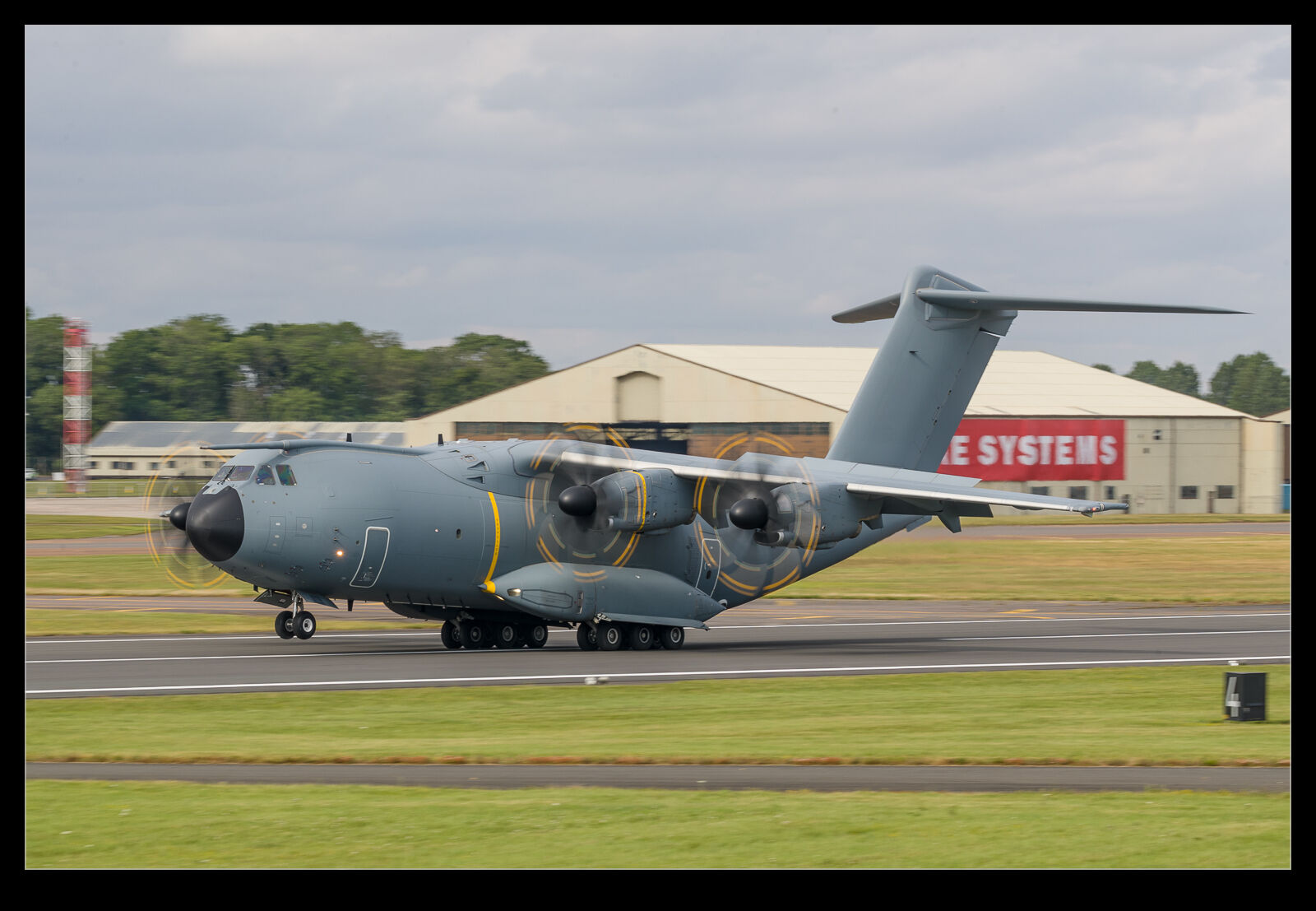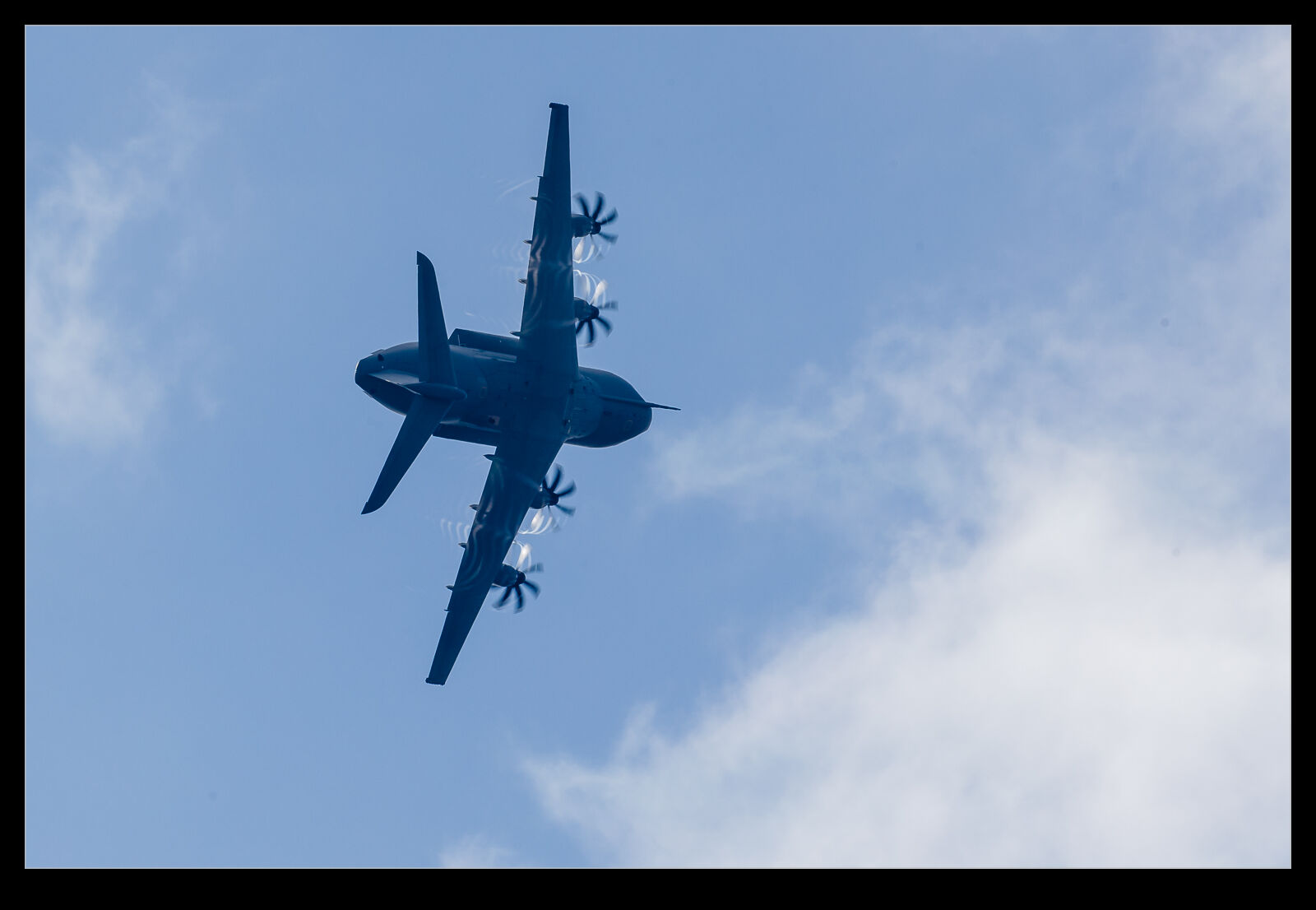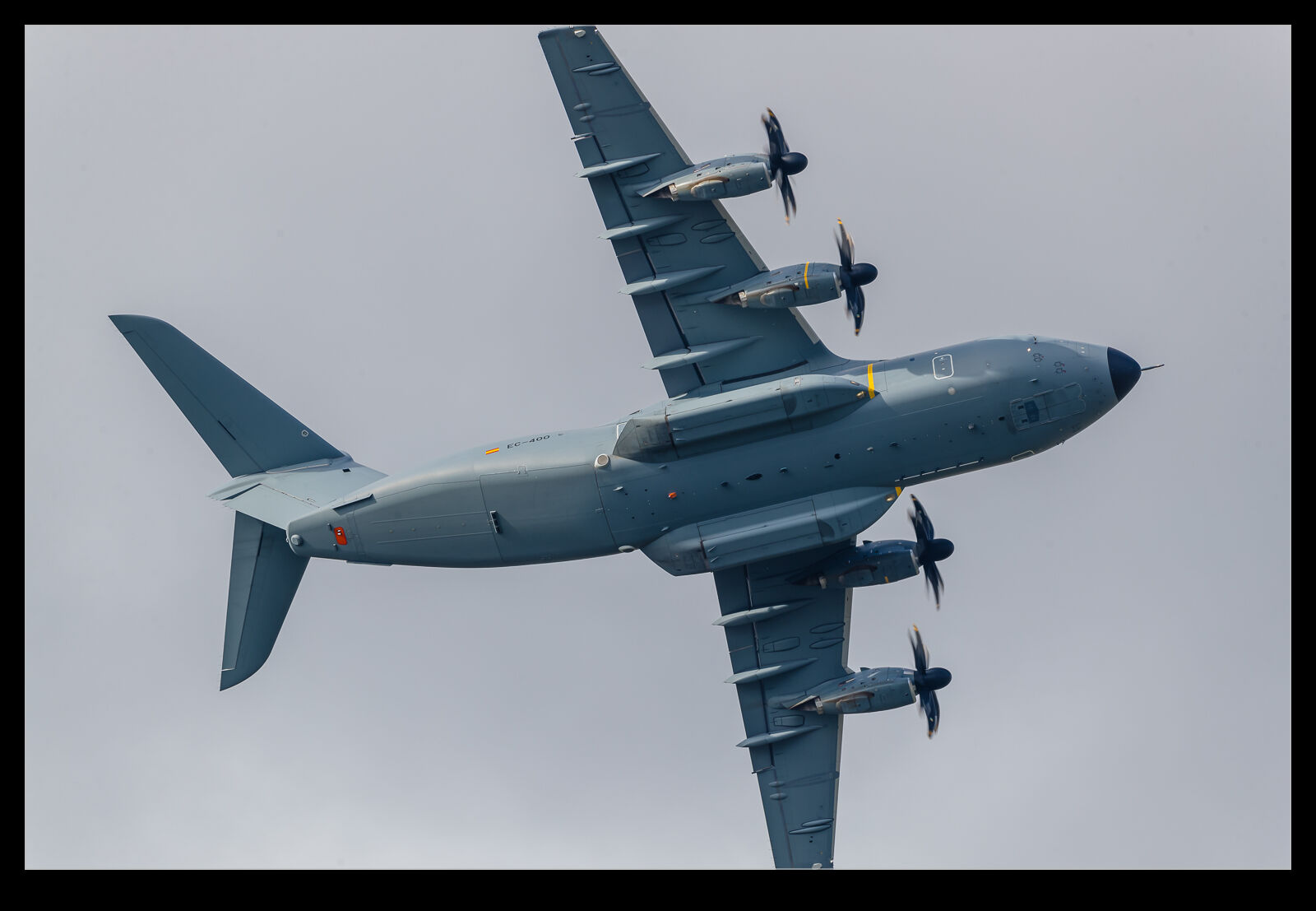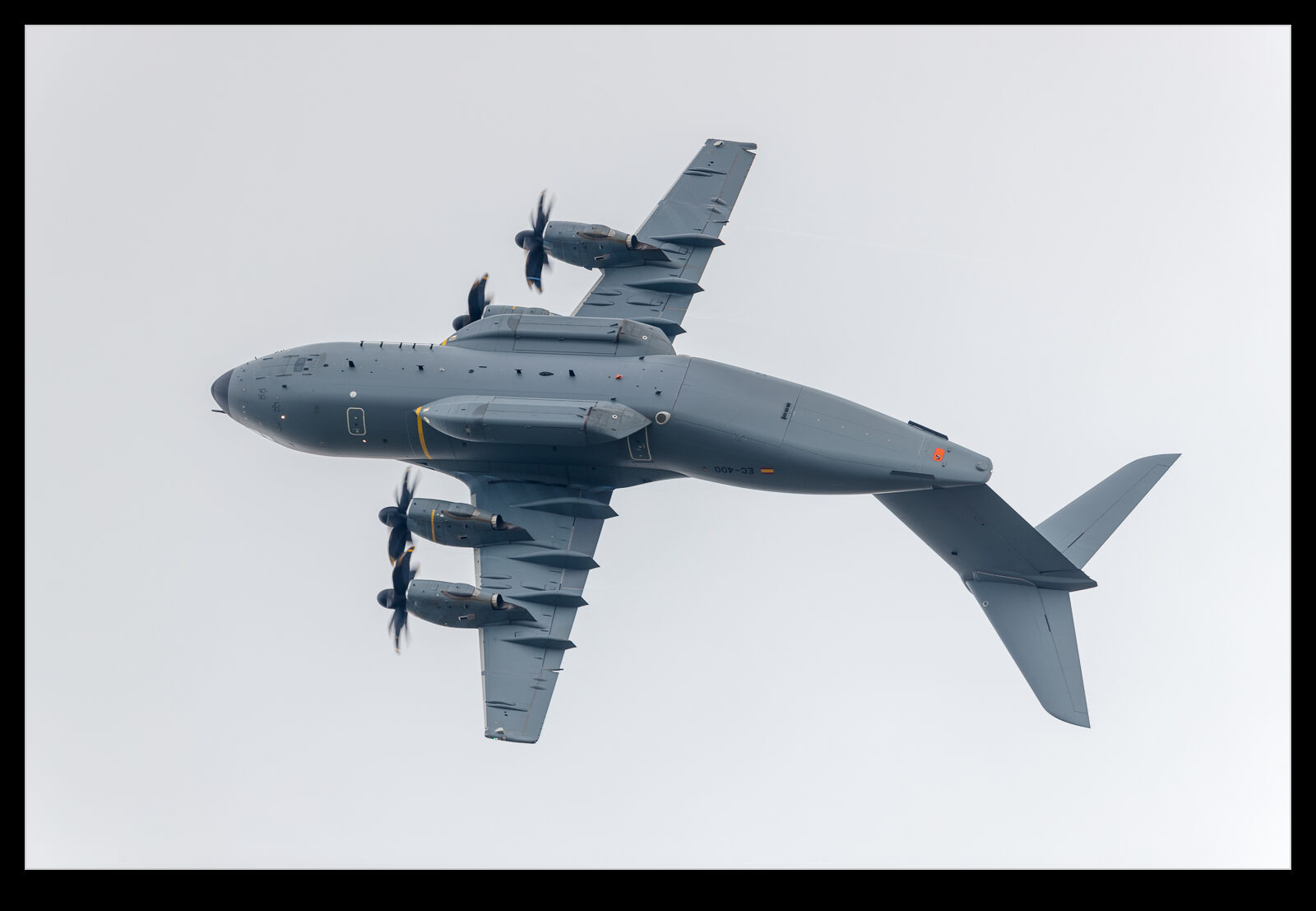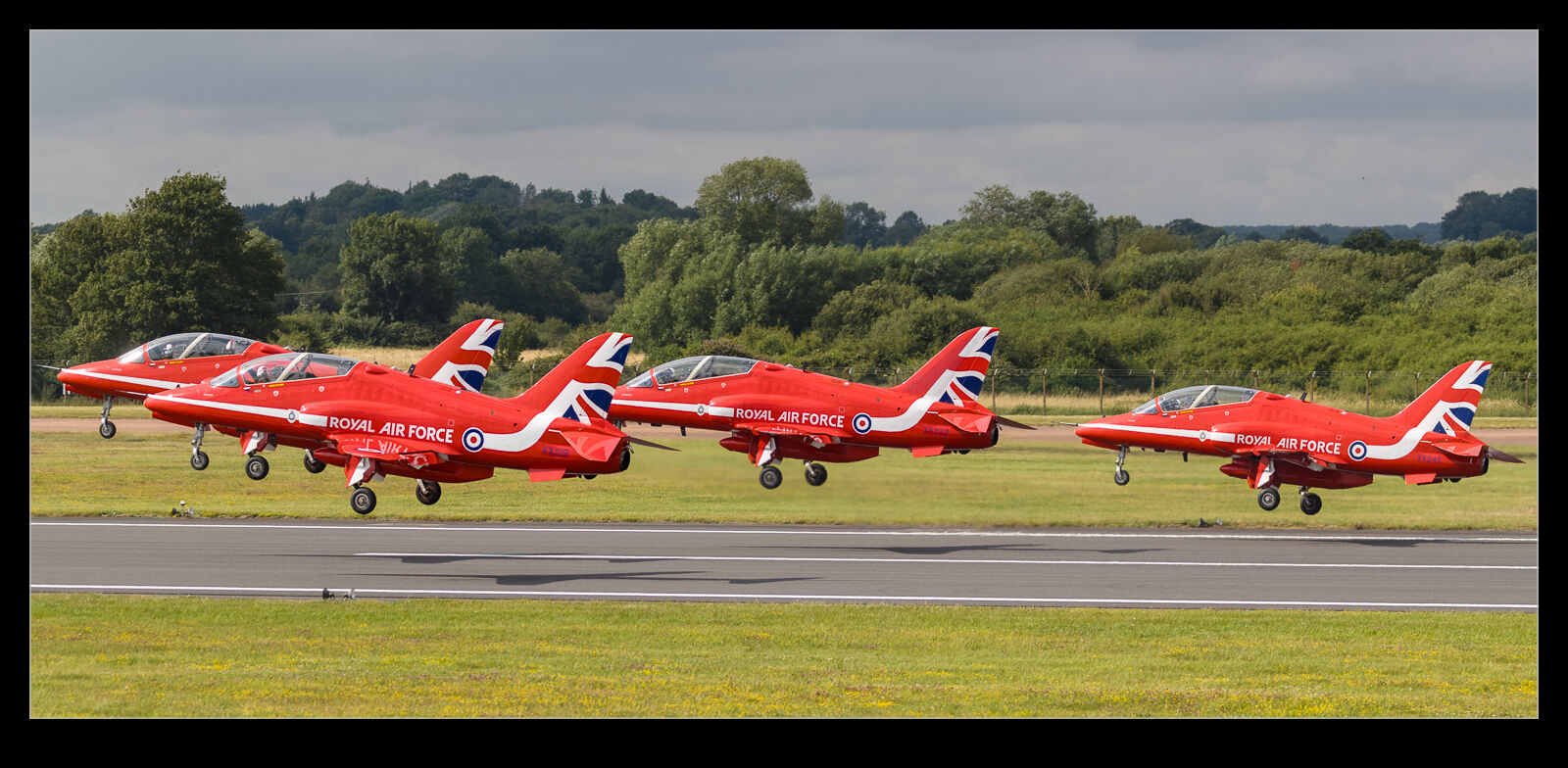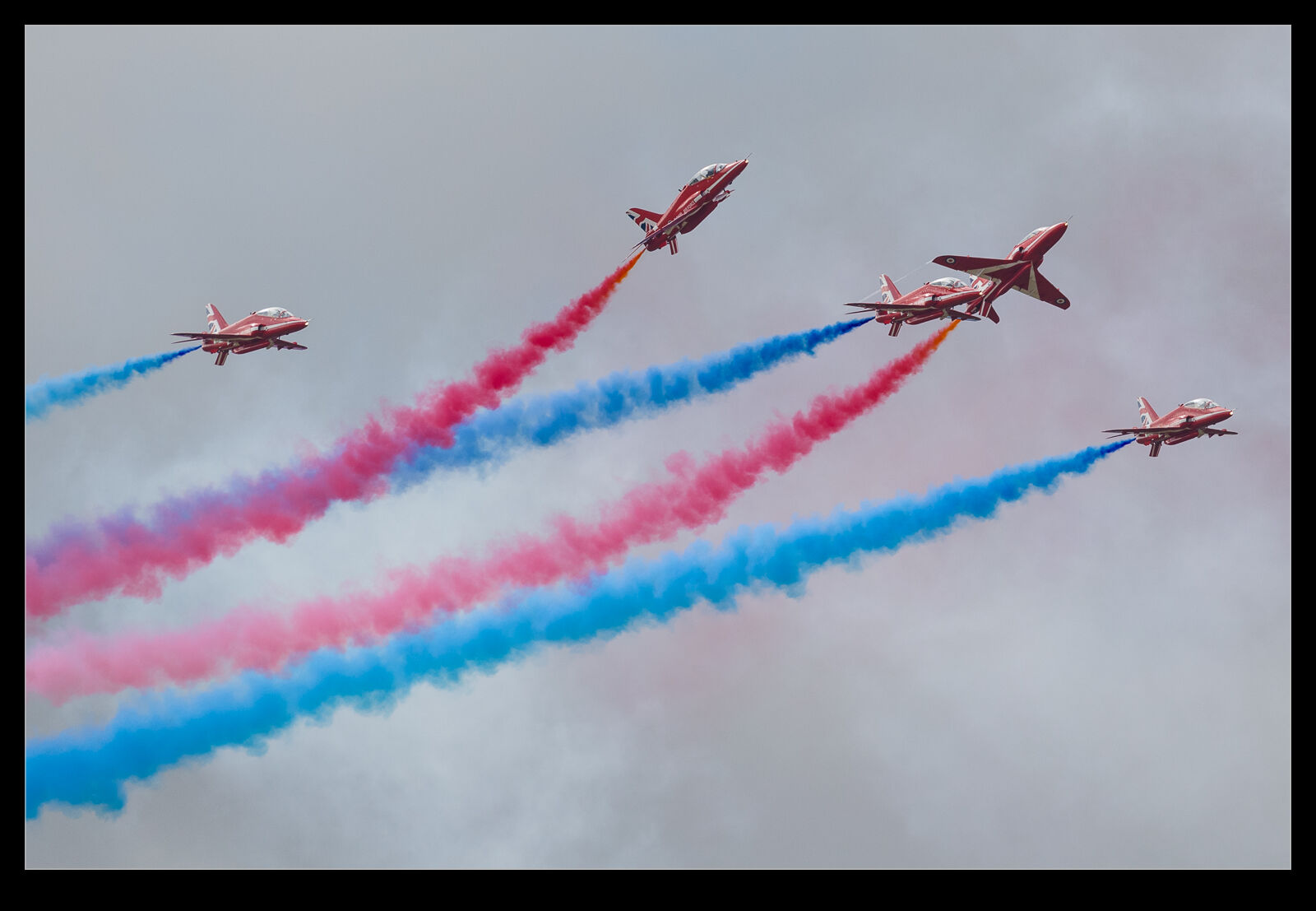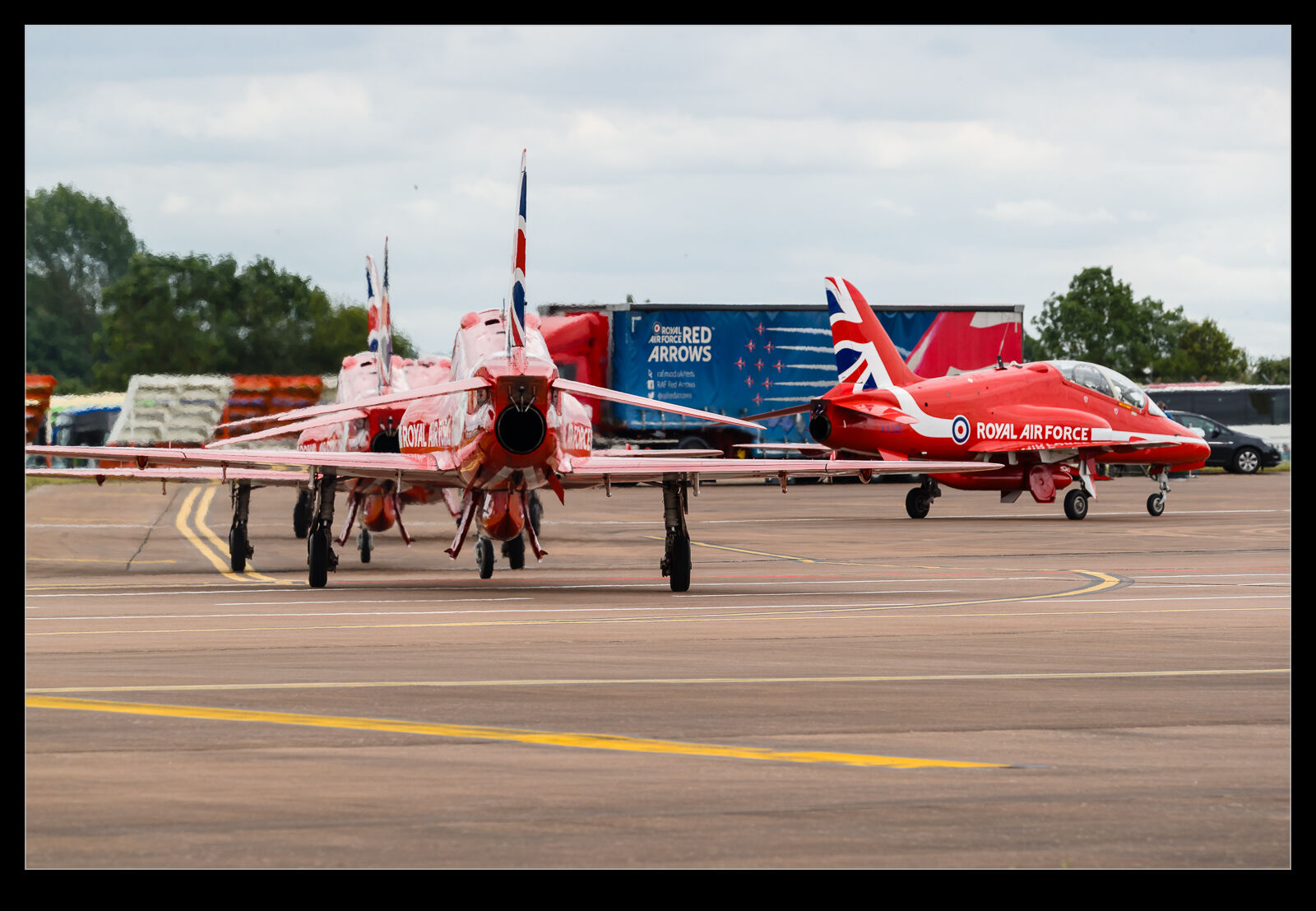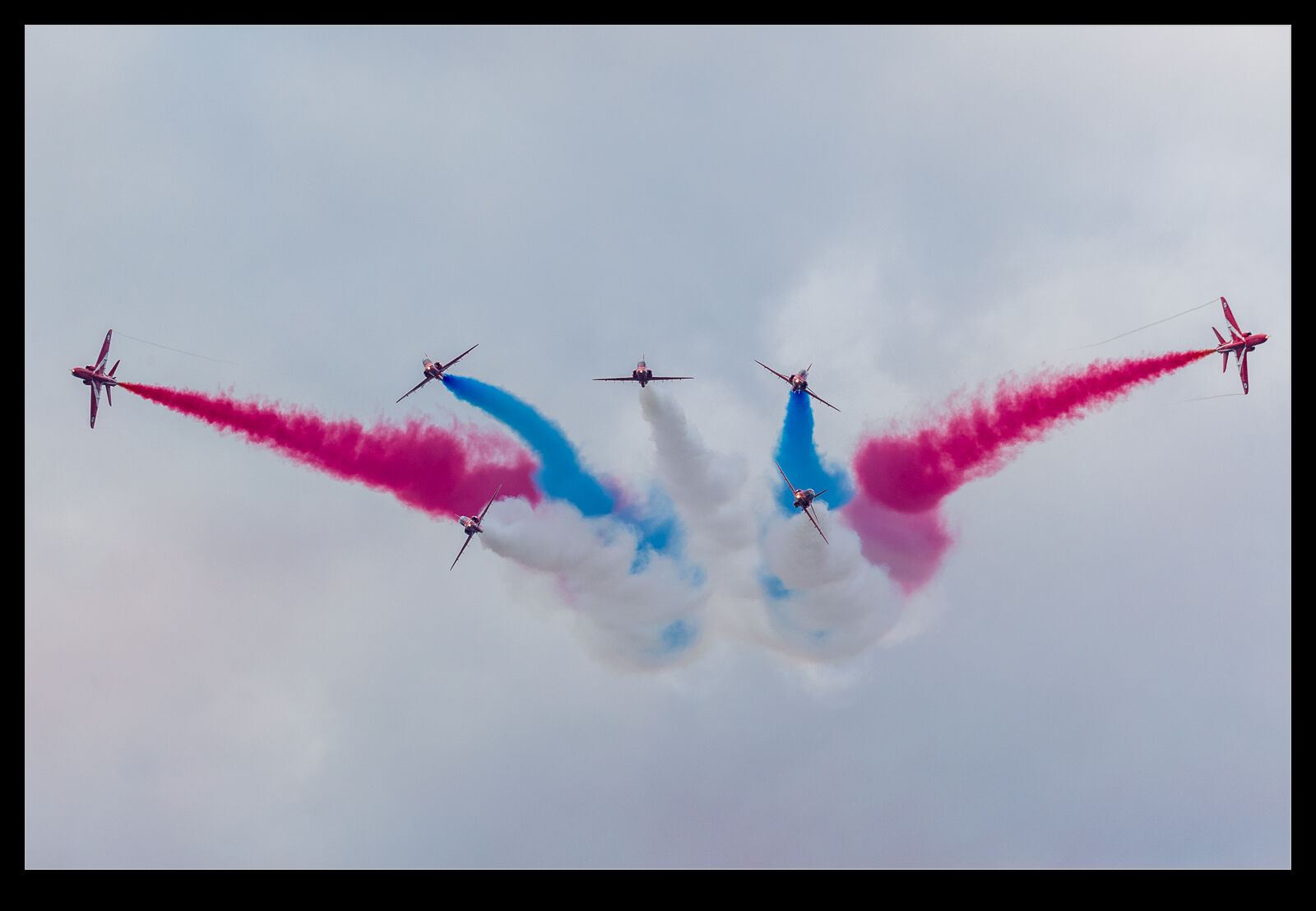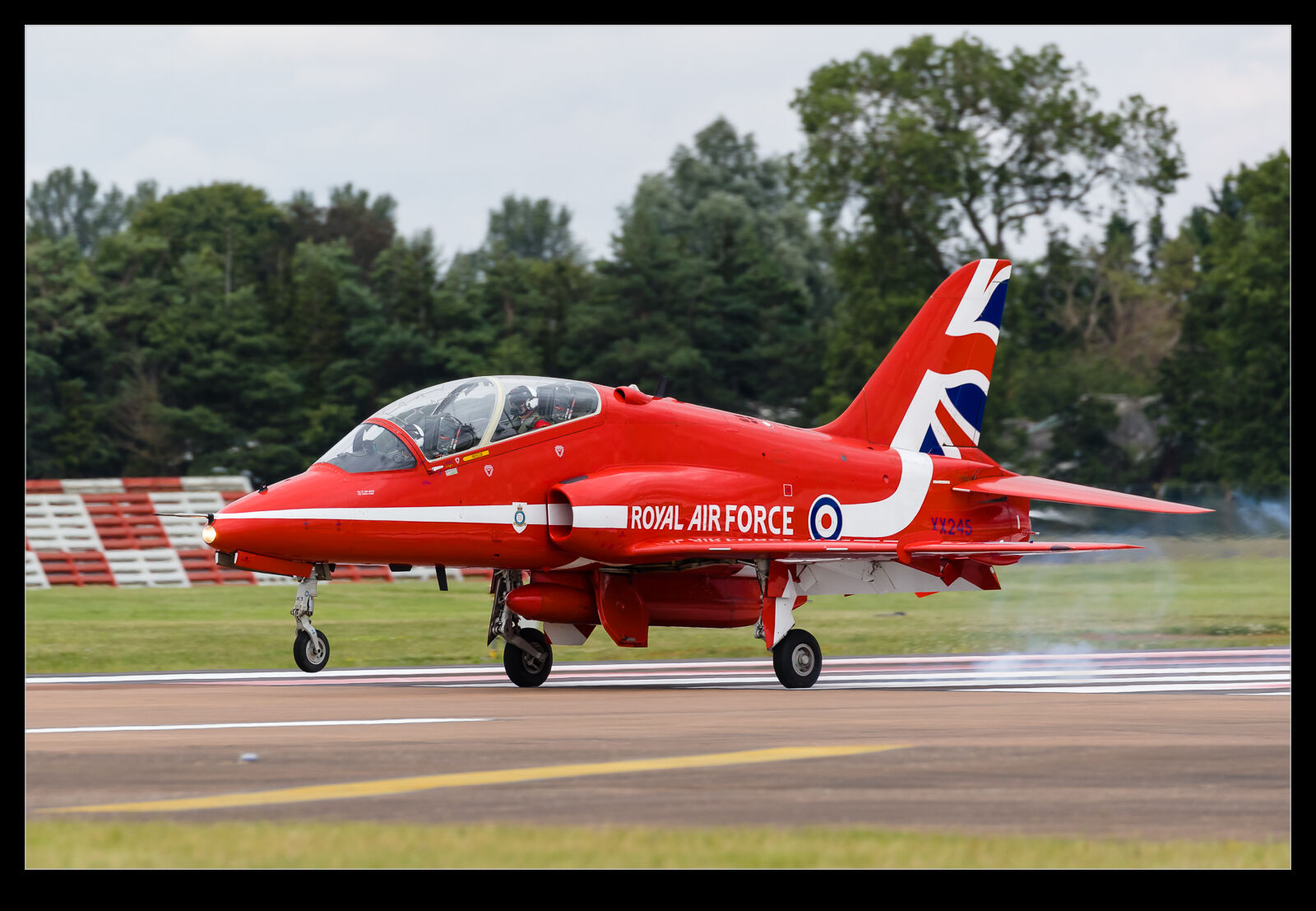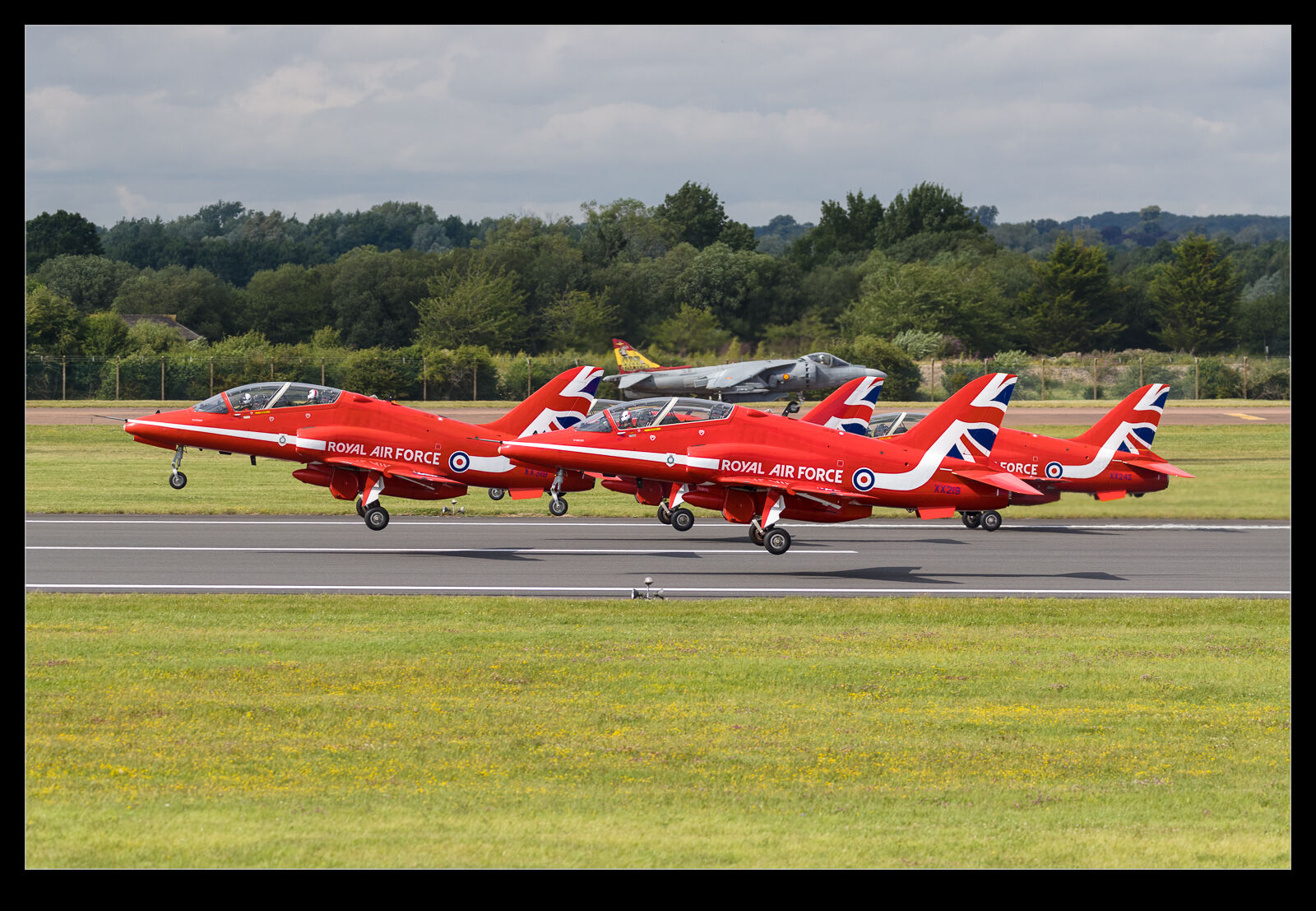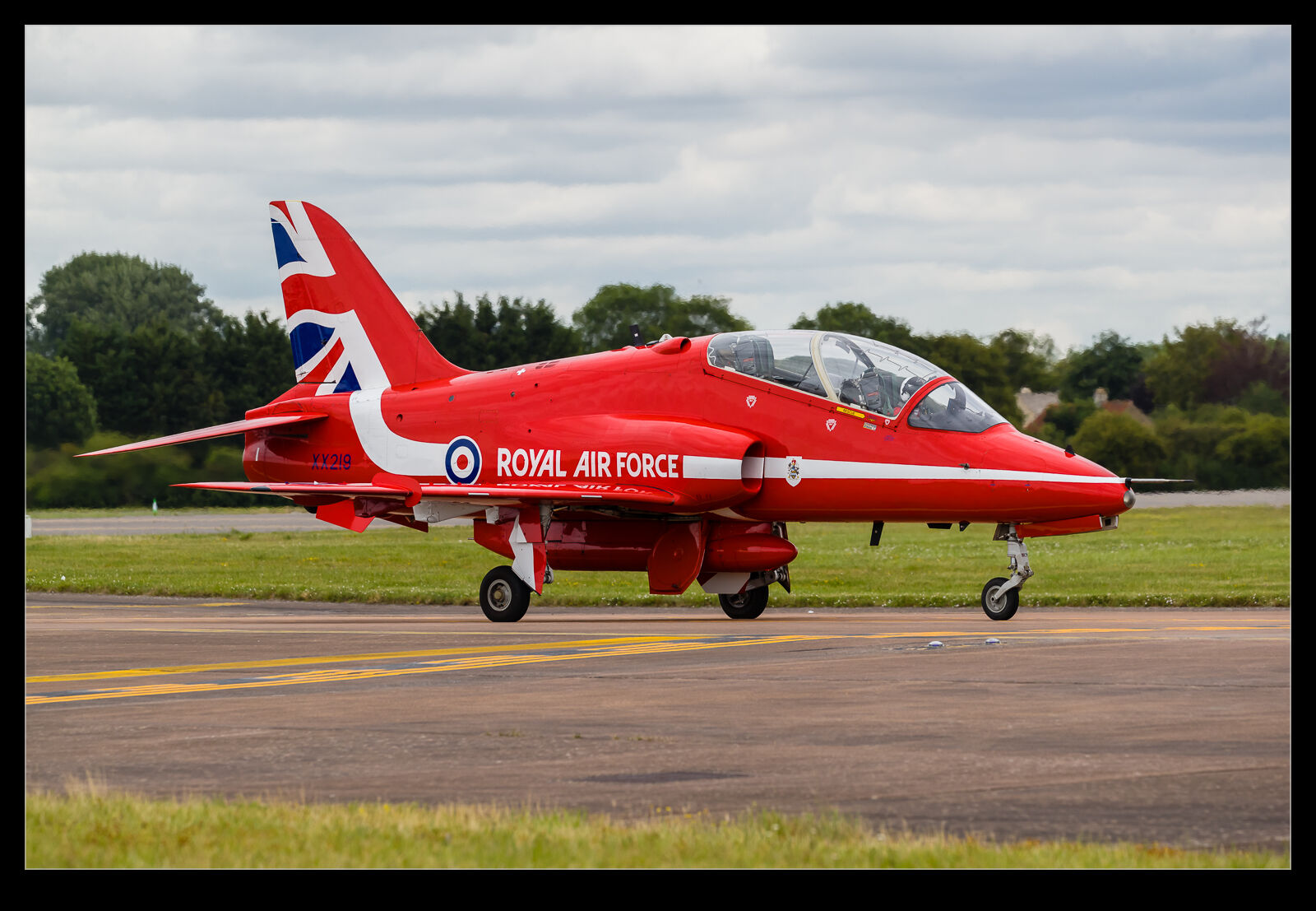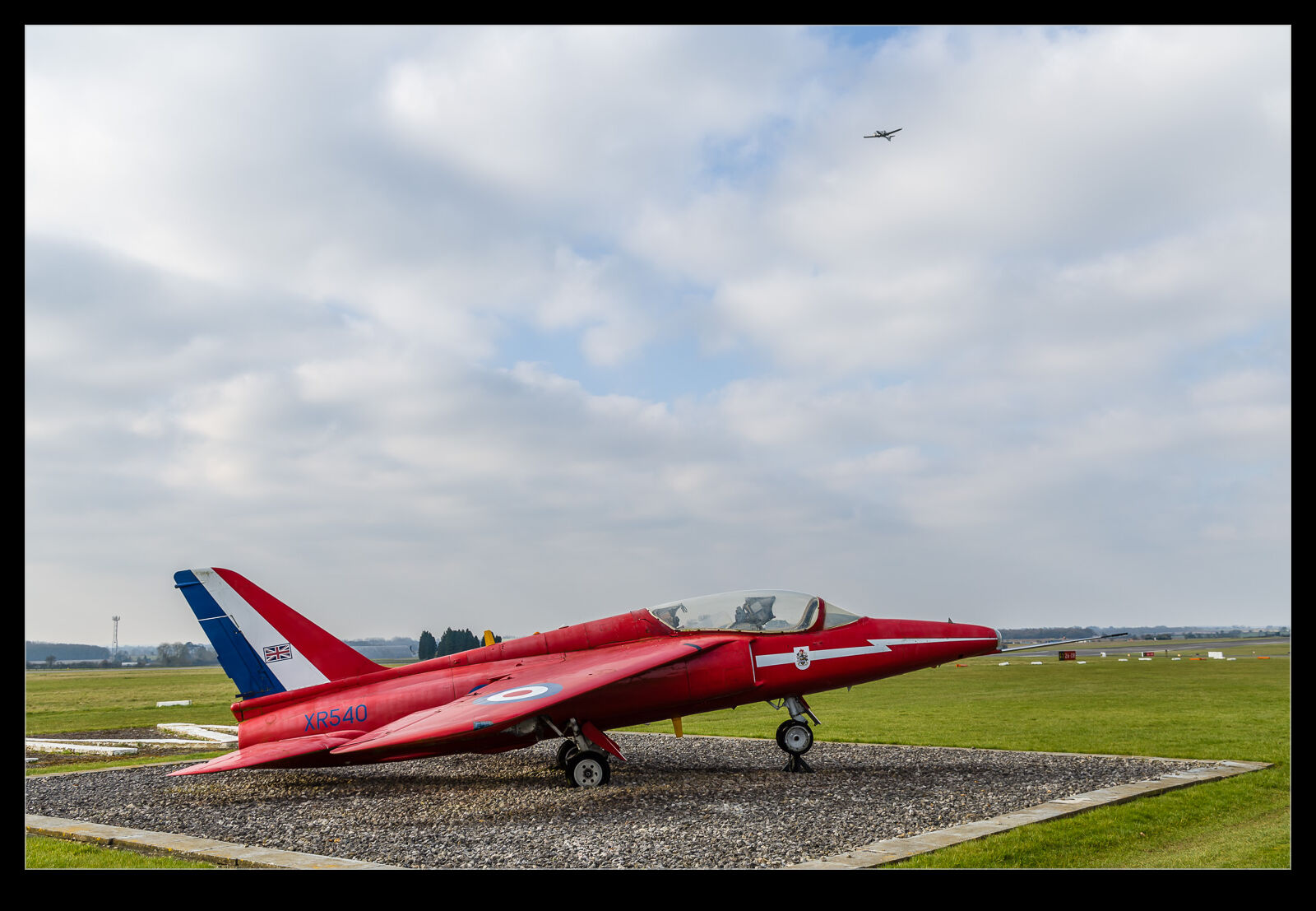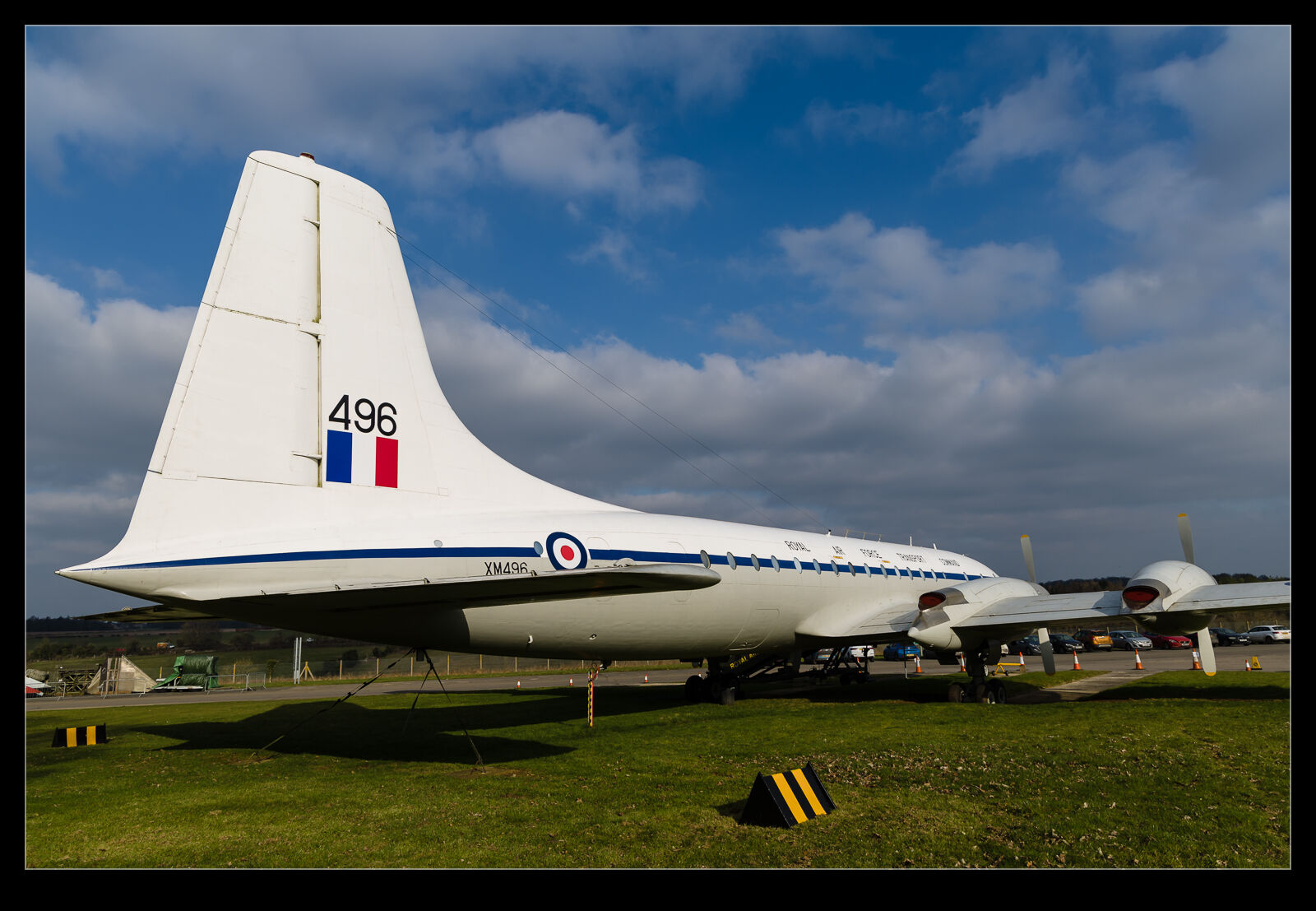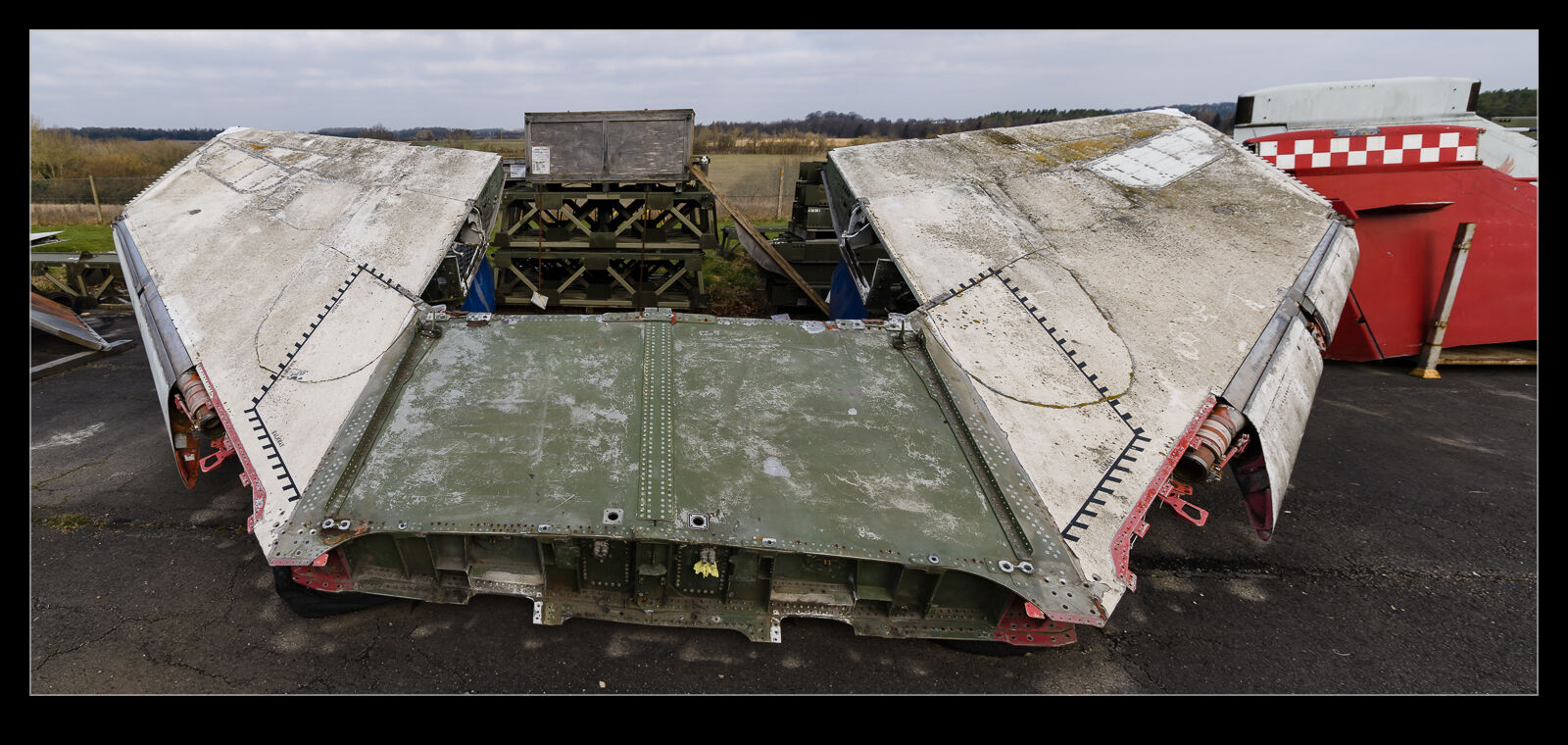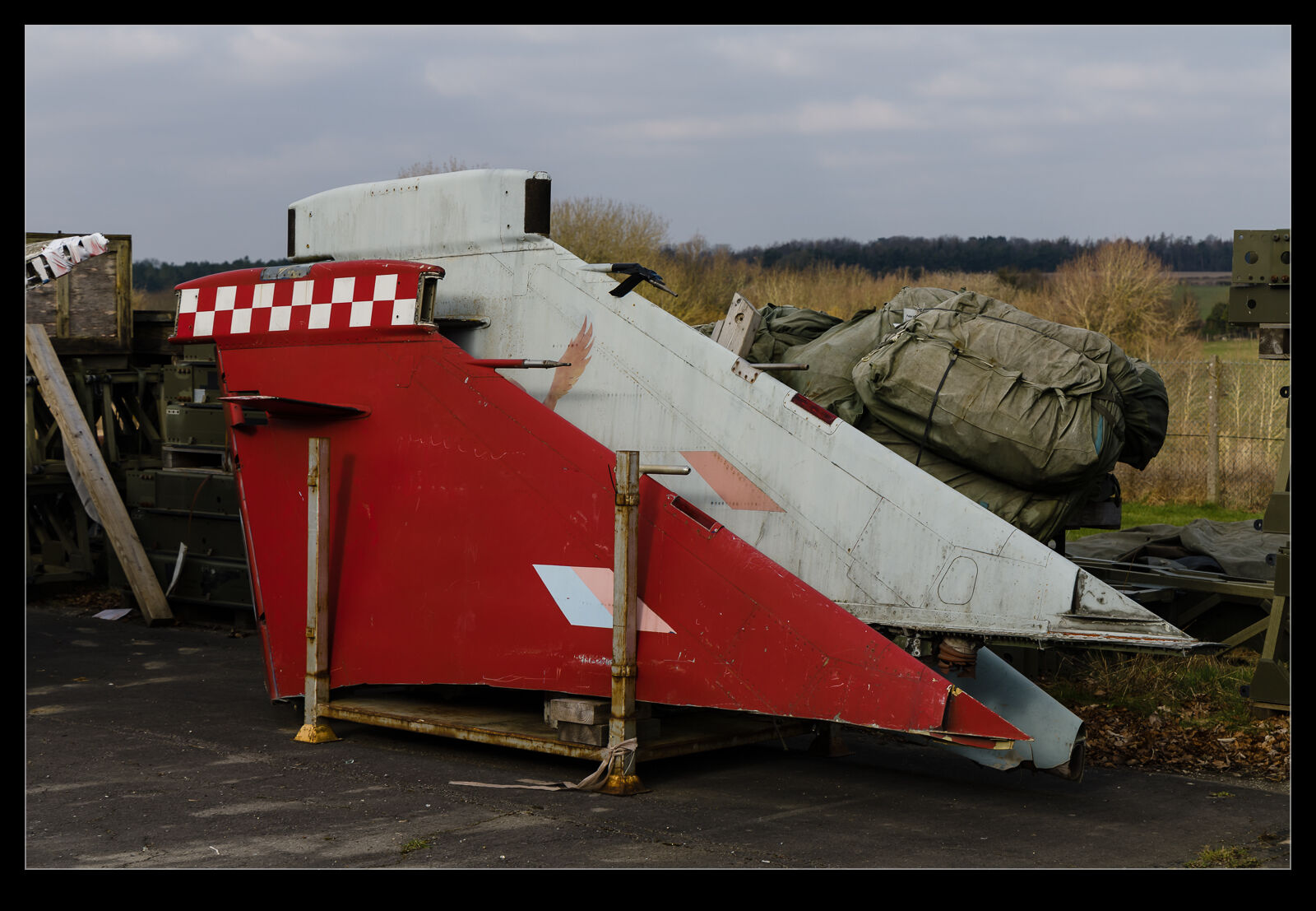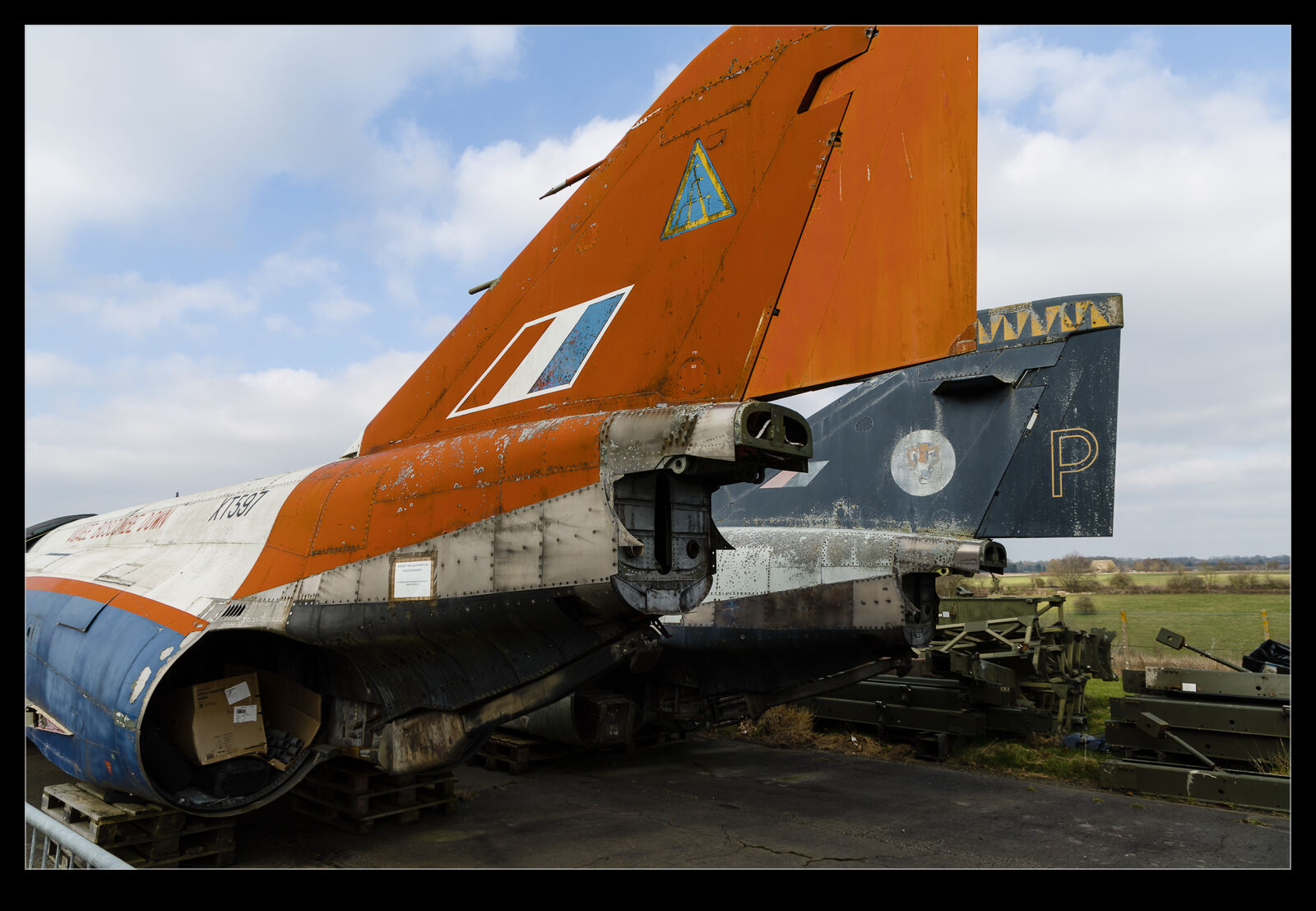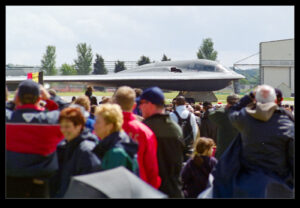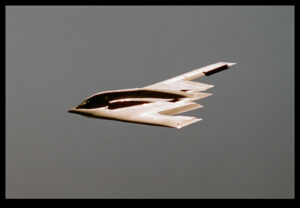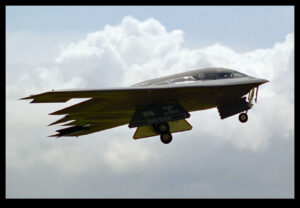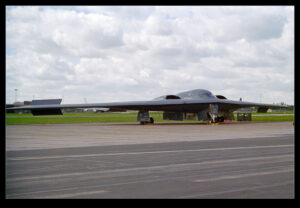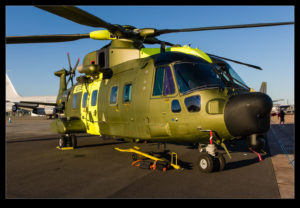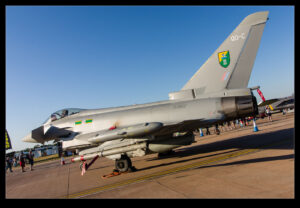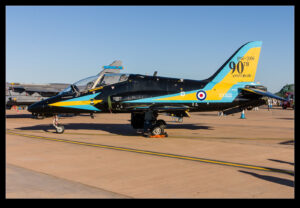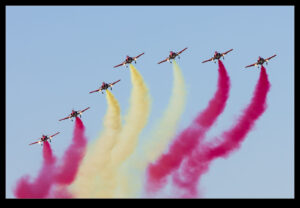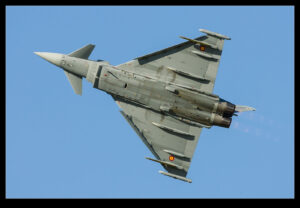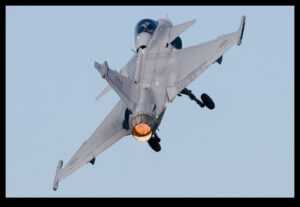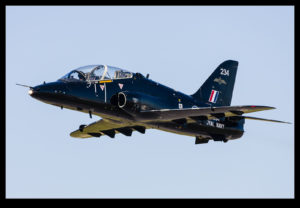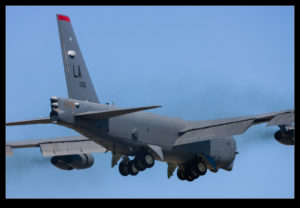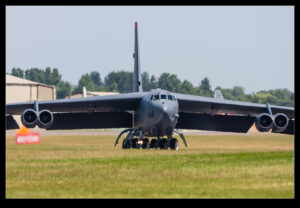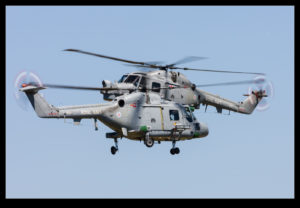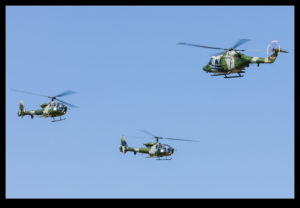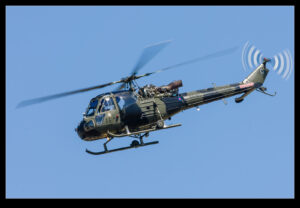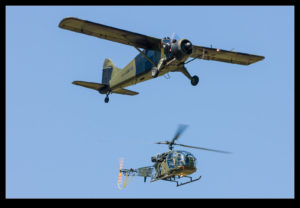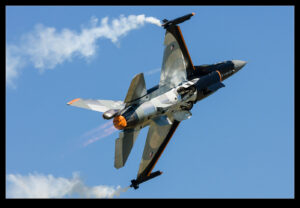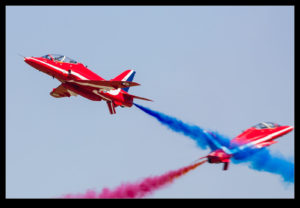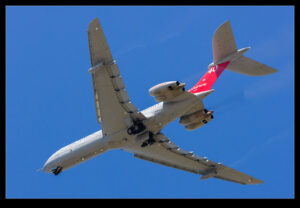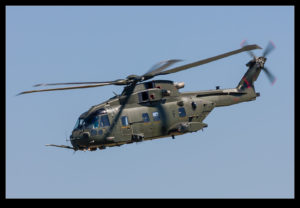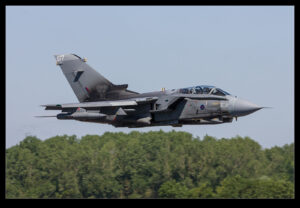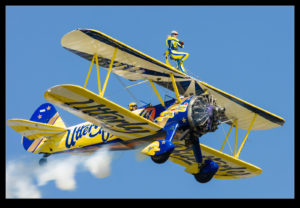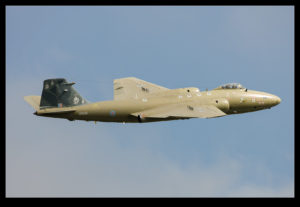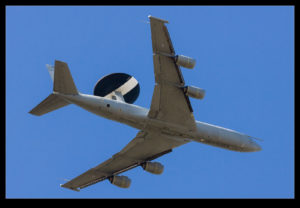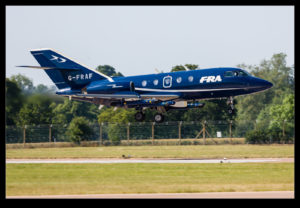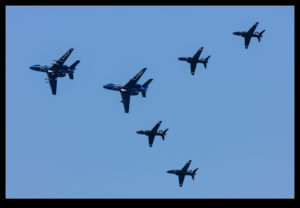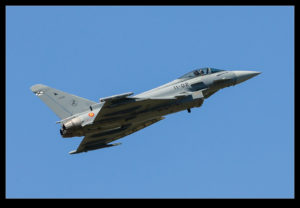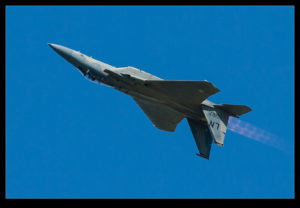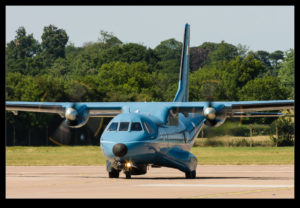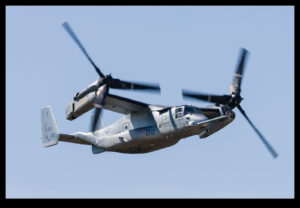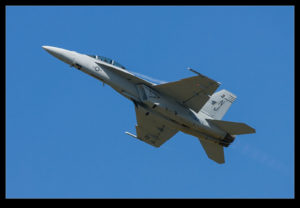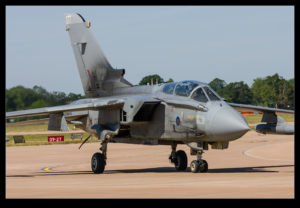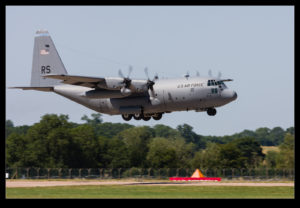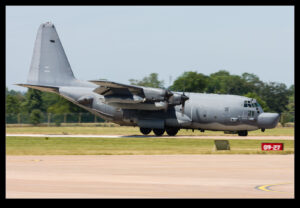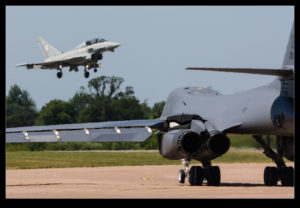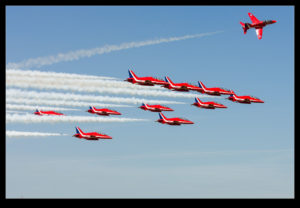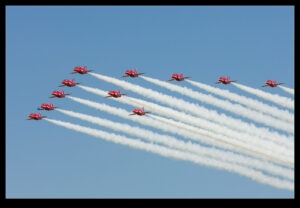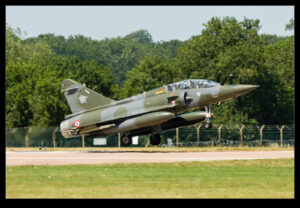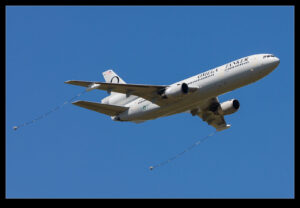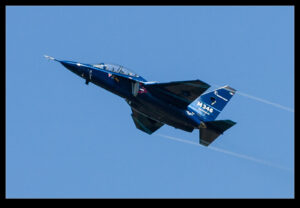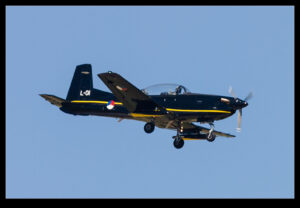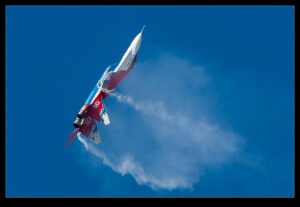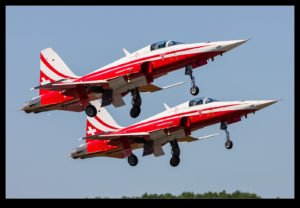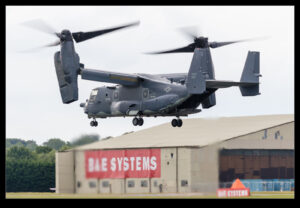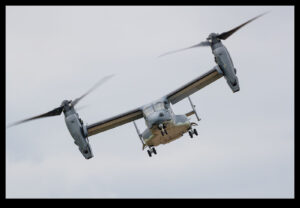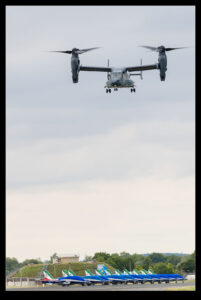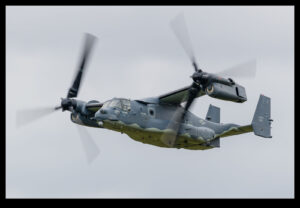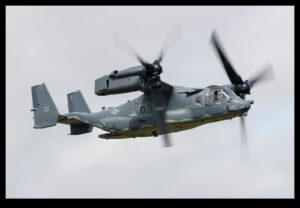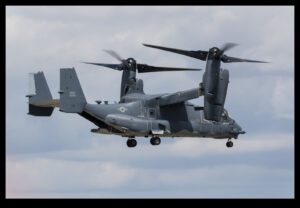 Flashback to RIAT and 2019. I was working through the catalog looking for something for another project and came across these shots of Swedish Gripens departing from RAF Fairford after the show had concluded. A section departure is always more interesting than a singleton even if it does give you something to think about when deciding on which plane to focus on. The Gripen is a great looking jet and one that has been pretty successful given that it was built specifically for Swedish needs. Always happy to get to shoot one.
Flashback to RIAT and 2019. I was working through the catalog looking for something for another project and came across these shots of Swedish Gripens departing from RAF Fairford after the show had concluded. A section departure is always more interesting than a singleton even if it does give you something to think about when deciding on which plane to focus on. The Gripen is a great looking jet and one that has been pretty successful given that it was built specifically for Swedish needs. Always happy to get to shoot one.
Tag Archives: gloucestershire
A400M Atlas Demo from RIAT 2019
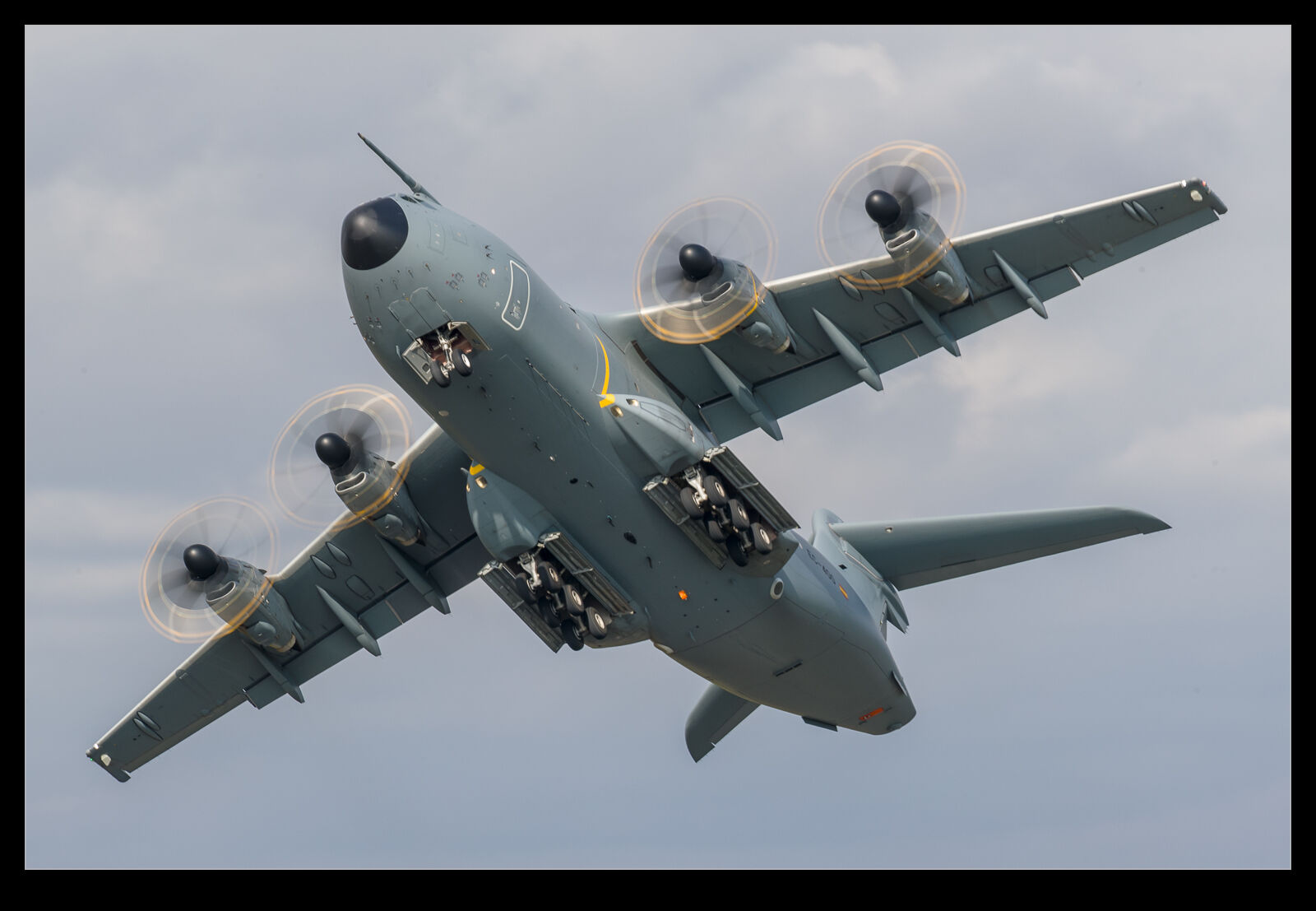 I was working through some shots from my last trip to RIAT in 2019. Amazingly enough, I hadn’t finished editing some of the shots from that visit and I wanted to get rid of a lot of surplus shots to help the old hard drive space issues! As I was working through them, I got to some shots of the A400M displays I saw over the course of the weekend. I think the A400M is a cracking looking jet. Whether it is doing what everyone wanted of it, I have no idea. I just know it looks great and is capable of some really impressive demos.
I was working through some shots from my last trip to RIAT in 2019. Amazingly enough, I hadn’t finished editing some of the shots from that visit and I wanted to get rid of a lot of surplus shots to help the old hard drive space issues! As I was working through them, I got to some shots of the A400M displays I saw over the course of the weekend. I think the A400M is a cracking looking jet. Whether it is doing what everyone wanted of it, I have no idea. I just know it looks great and is capable of some really impressive demos.
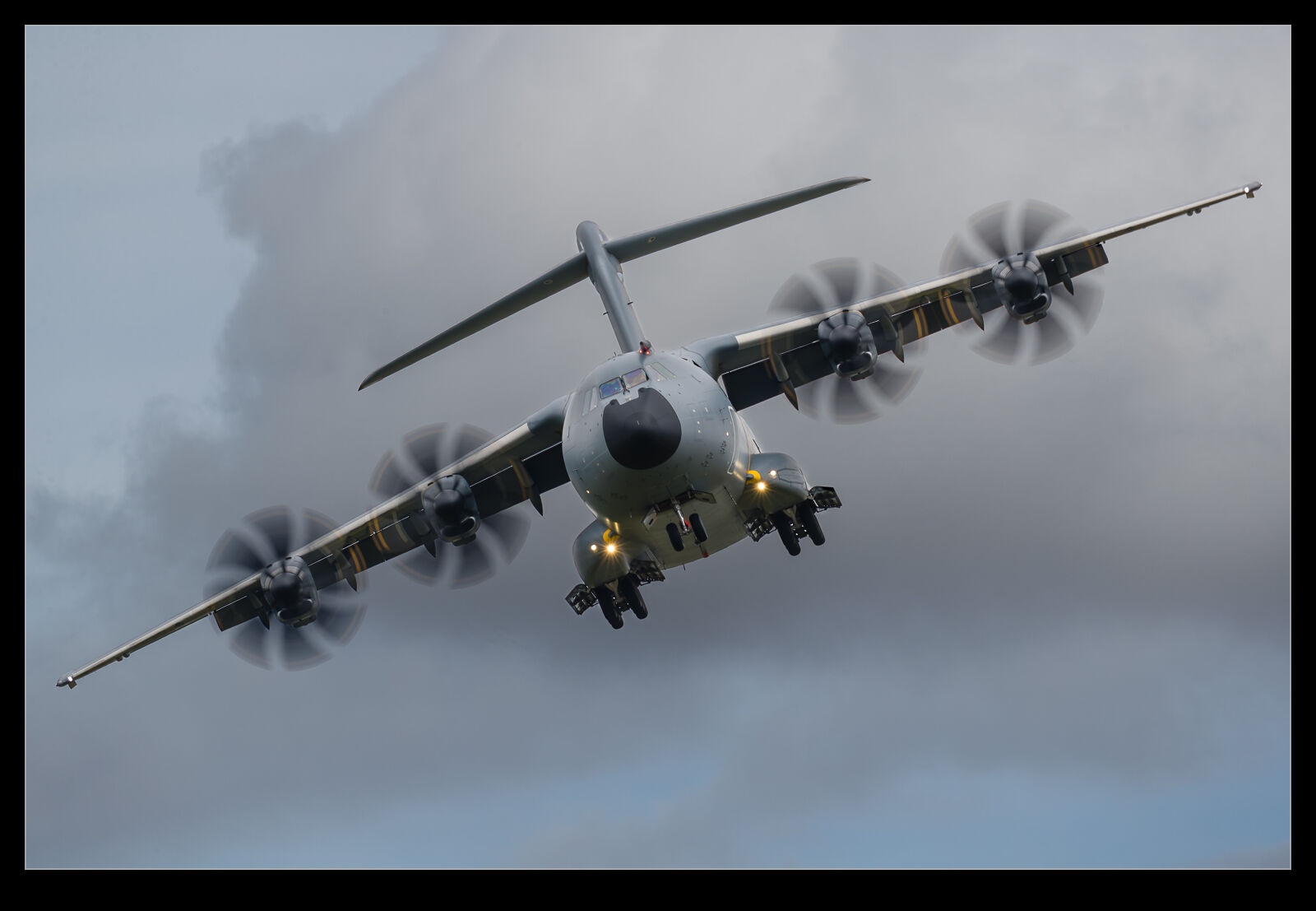 For some reason, I had been feeling very brave during RIAT when it came to shooting some of the props. I had gone with quite low shutter speeds with long lenses and the results were not necessarily all I would have wanted. There were always going to be blurry shots to get culled, but the number of sharp ones was a little lower than I would have liked. However, all was not a total loss, and I did get a bunch of shots that I was happy with.
For some reason, I had been feeling very brave during RIAT when it came to shooting some of the props. I had gone with quite low shutter speeds with long lenses and the results were not necessarily all I would have wanted. There were always going to be blurry shots to get culled, but the number of sharp ones was a little lower than I would have liked. However, all was not a total loss, and I did get a bunch of shots that I was happy with.
Here is a selection of shots from across the show including the official displays by the Airbus test crew and some of the operator aircraft too. The weather for RIAT 2019 was not that great. We did get some nice light occasionally but one of the days was very wet (and I was feeling crappy too) and the others were overcast a lot of the time. Not the most exciting light for a grey painted plane but they had the potential for prop vortices. Will I have big prints of these on the wall? No, I don’t think so. However, it was okay and there will be other times, I hope.
A Little RIAT Reds Editing
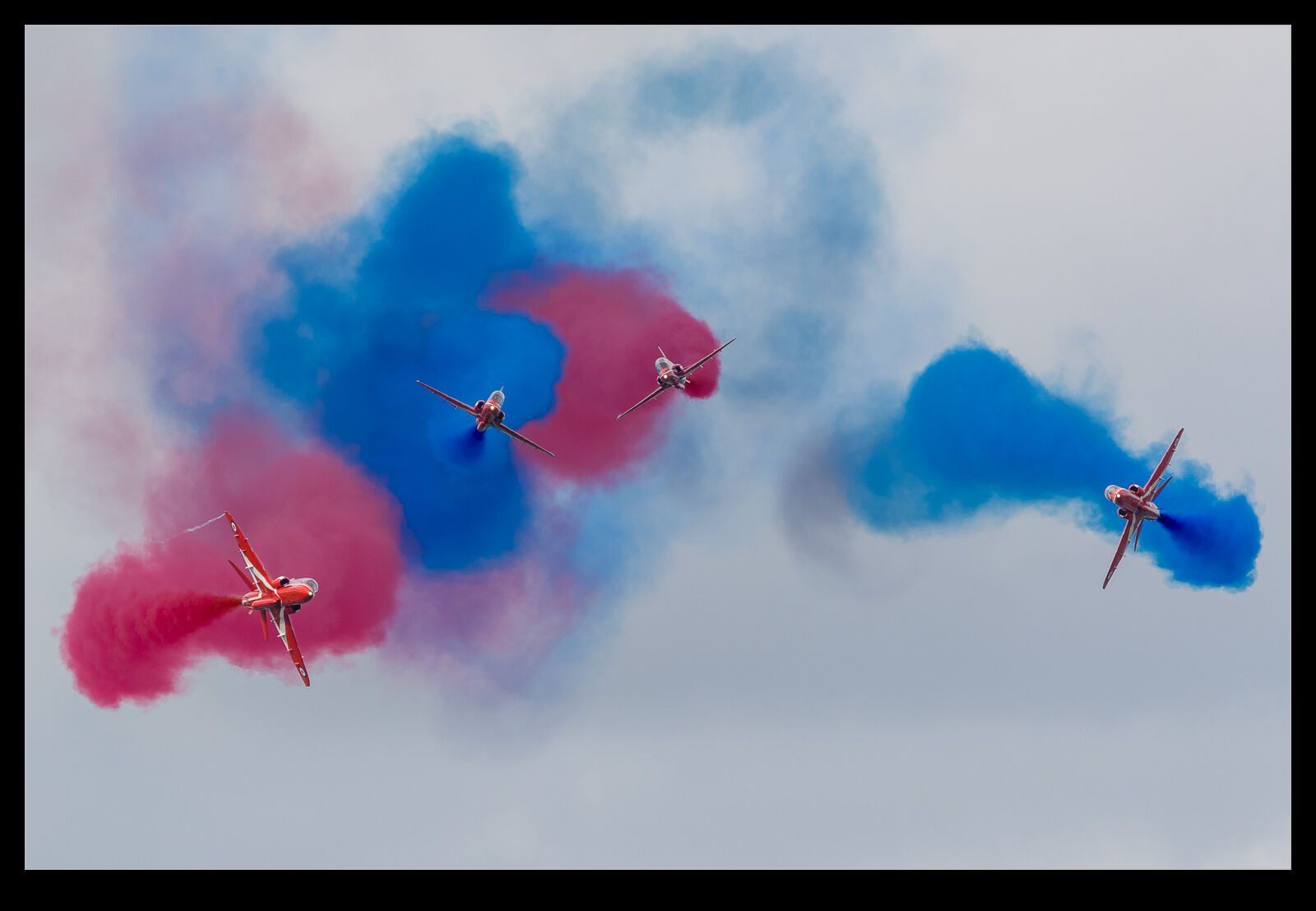 Why, when my last visit to RIAT was in 2019, am I still working my way through some shots from that show? There are many potential reasons but none of them reflect too well on me so we shall move past that topic and on to what I shot at that show. Specifically, let’s look at the Red Arrows. When we used to live in the UK, we would see the Reds on a regular basis and would sometimes get a bit blasé about them. When you live elsewhere, they become a bit more fun to see.
Why, when my last visit to RIAT was in 2019, am I still working my way through some shots from that show? There are many potential reasons but none of them reflect too well on me so we shall move past that topic and on to what I shot at that show. Specifically, let’s look at the Red Arrows. When we used to live in the UK, we would see the Reds on a regular basis and would sometimes get a bit blasé about them. When you live elsewhere, they become a bit more fun to see.
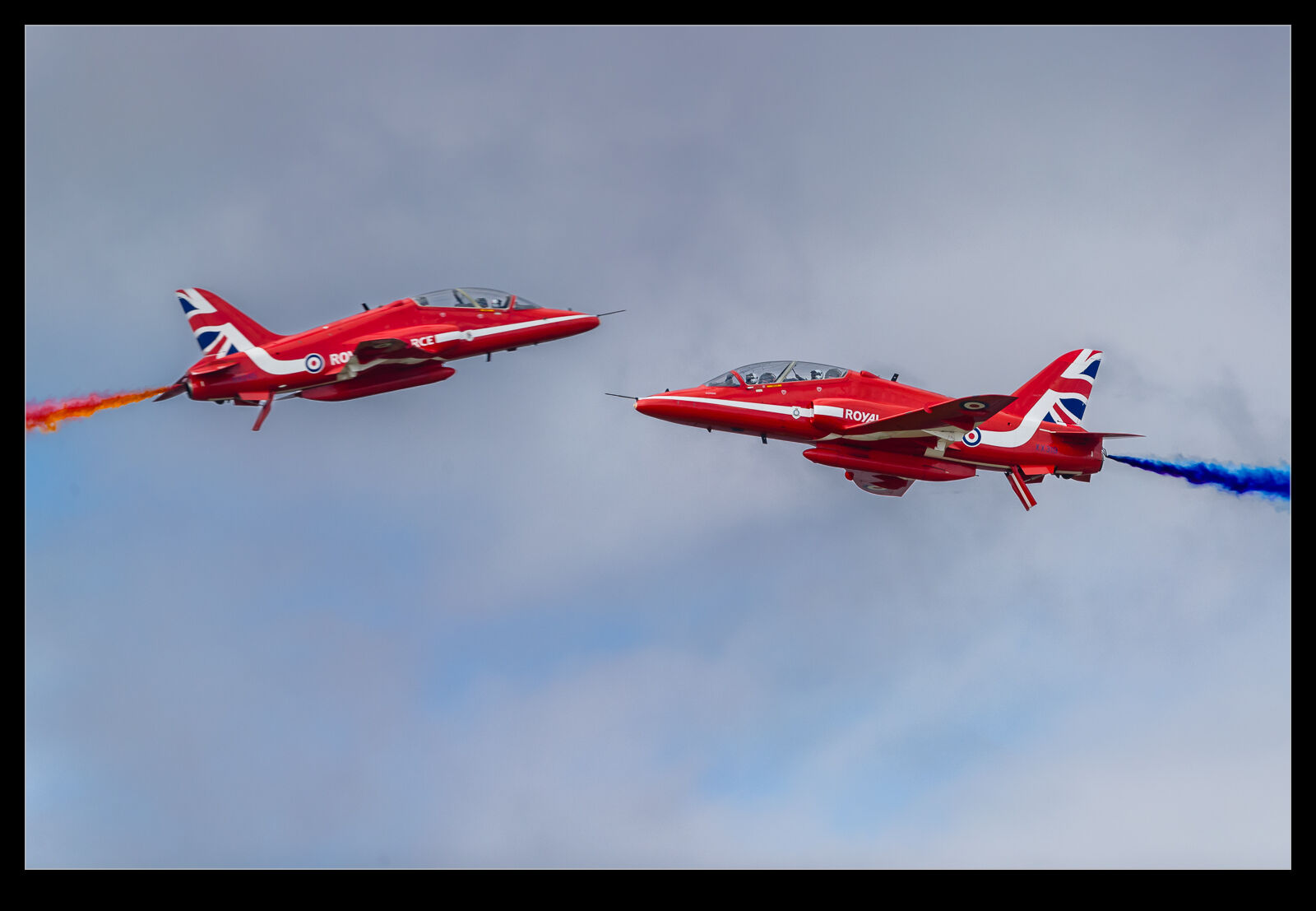 Consequently, I did make the effort to get a few good shots of their displays. It would have been nice to have some slightly better light to shoot them in, but that show was not the best for weather. Take off is always nice since you are close to the formations, and they are potentially tightly grouped in the frame. There are always the crossing shots to go for and then the bigger formation breaks will be a target. All of these were part of my efforts that year. When I was young, the rollbacks were a favorite of mine. They do a variation on this now, but I am not quite so keen. It is a tough one to shoot anyway since you really want to be on the display axis to get the best effect. Even so, I was still pretty happy with what I got overall.
Consequently, I did make the effort to get a few good shots of their displays. It would have been nice to have some slightly better light to shoot them in, but that show was not the best for weather. Take off is always nice since you are close to the formations, and they are potentially tightly grouped in the frame. There are always the crossing shots to go for and then the bigger formation breaks will be a target. All of these were part of my efforts that year. When I was young, the rollbacks were a favorite of mine. They do a variation on this now, but I am not quite so keen. It is a tough one to shoot anyway since you really want to be on the display axis to get the best effect. Even so, I was still pretty happy with what I got overall.
Kemble Gate Guards
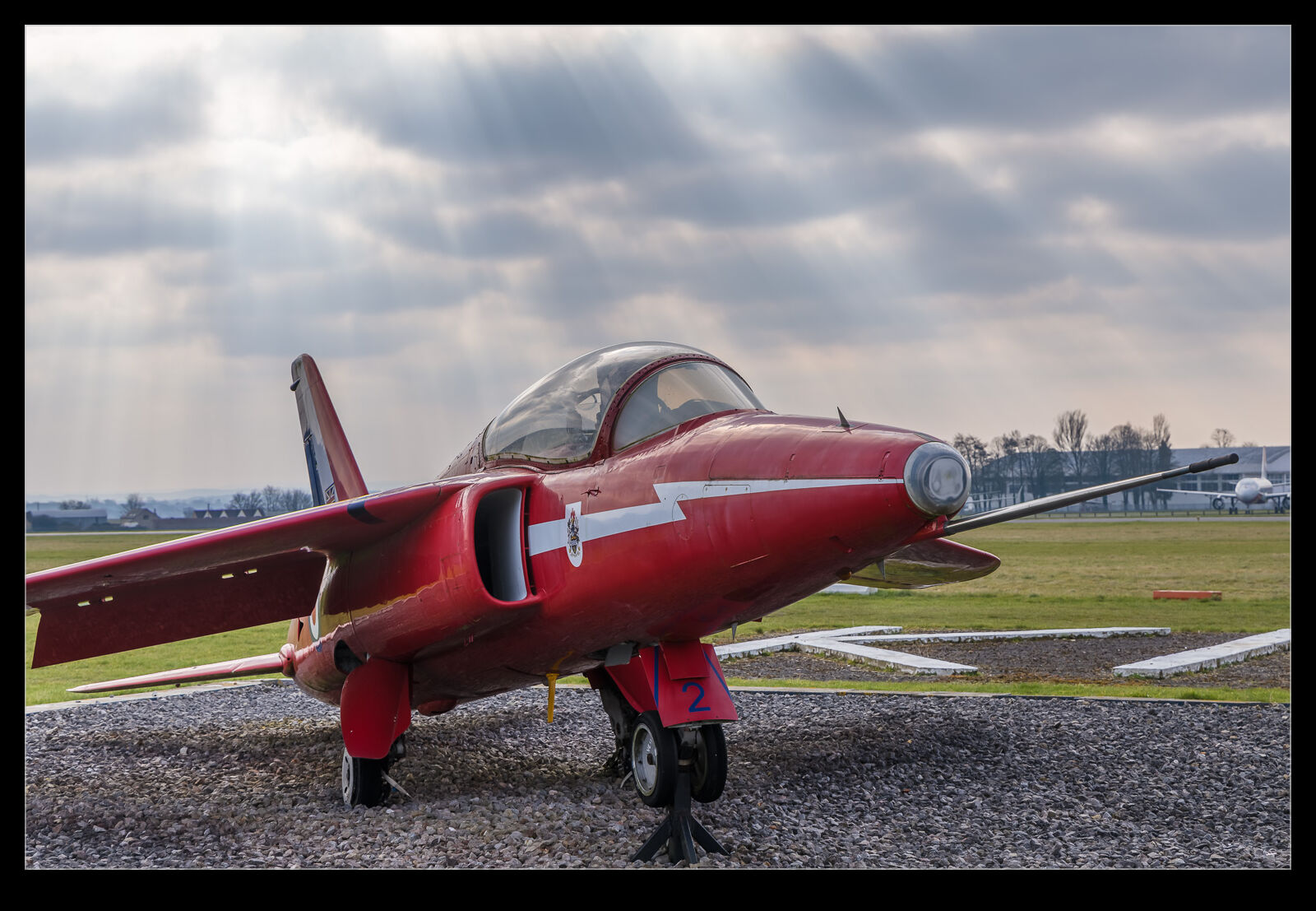 The trip to the UK early this year included a quick trip to Kemble or Cotswolds Airport as it is also known. Near the tower, they have a couple of preserved airframes that harken back to the time that this was a Royal Air Force base (including it being home of the Red Arrows). One of the gate guards (okay, they aren’t near the gate, but you get the idea) is a Folland Gnat. I don’t know whether it is a genuine ex-Red Arrow or just painted to look like one, but it is cool either way. It is the tiniest of jets. I wonder what it was like ferrying one across the Atlantic as they did for a tour.
The trip to the UK early this year included a quick trip to Kemble or Cotswolds Airport as it is also known. Near the tower, they have a couple of preserved airframes that harken back to the time that this was a Royal Air Force base (including it being home of the Red Arrows). One of the gate guards (okay, they aren’t near the gate, but you get the idea) is a Folland Gnat. I don’t know whether it is a genuine ex-Red Arrow or just painted to look like one, but it is cool either way. It is the tiniest of jets. I wonder what it was like ferrying one across the Atlantic as they did for a tour.
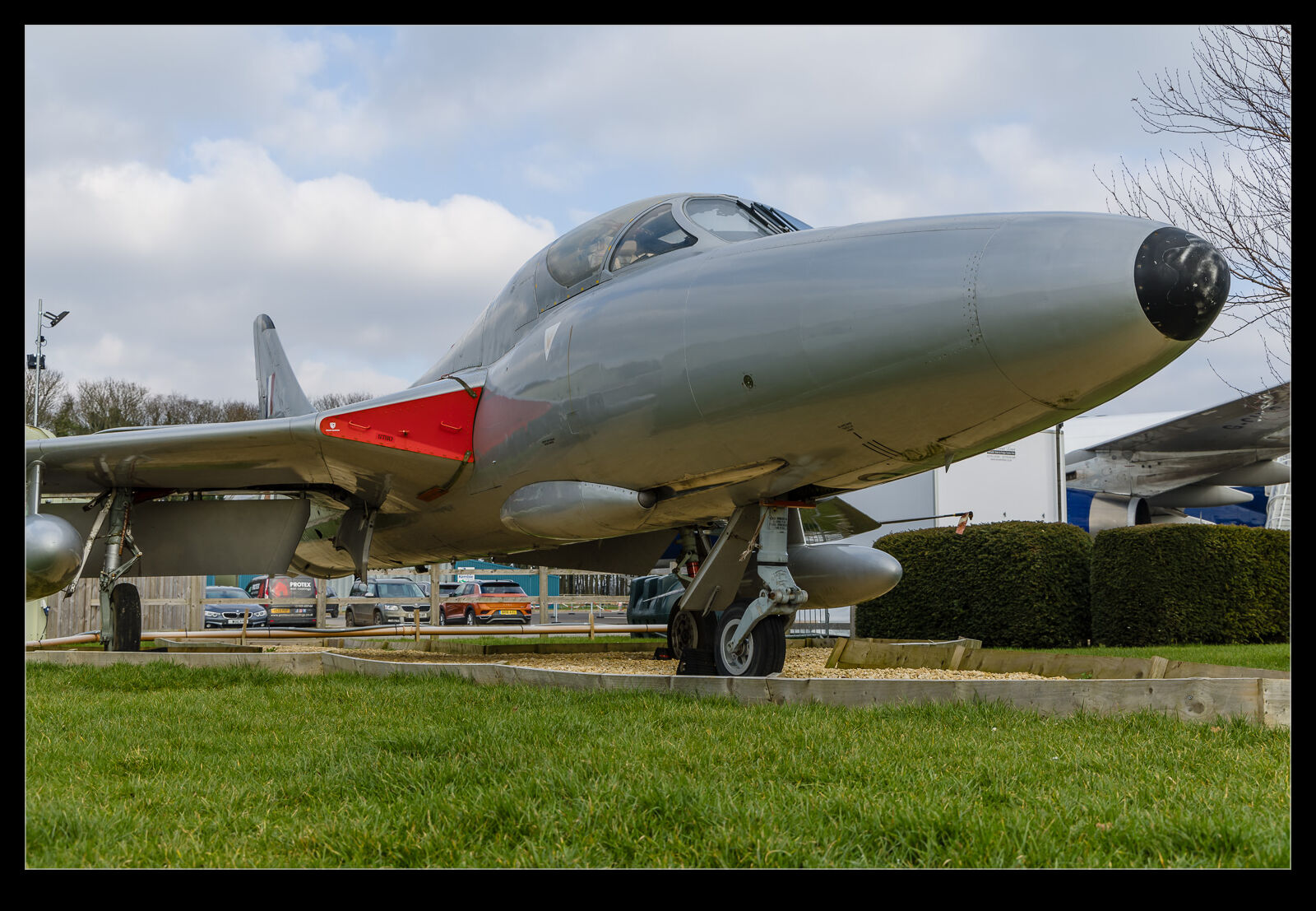 The other airframe is a Hawker Hunter. This is a classic aircraft and one that continues in use to this day. It is a trainer version with the side-by-side cockpit arrangement and in a grey paint job that I am not familiar with them having used in service. Either way, another great looking jet and something cool for any visitors to check out.
The other airframe is a Hawker Hunter. This is a classic aircraft and one that continues in use to this day. It is a trainer version with the side-by-side cockpit arrangement and in a grey paint job that I am not familiar with them having used in service. Either way, another great looking jet and something cool for any visitors to check out.
Bristol Britannia
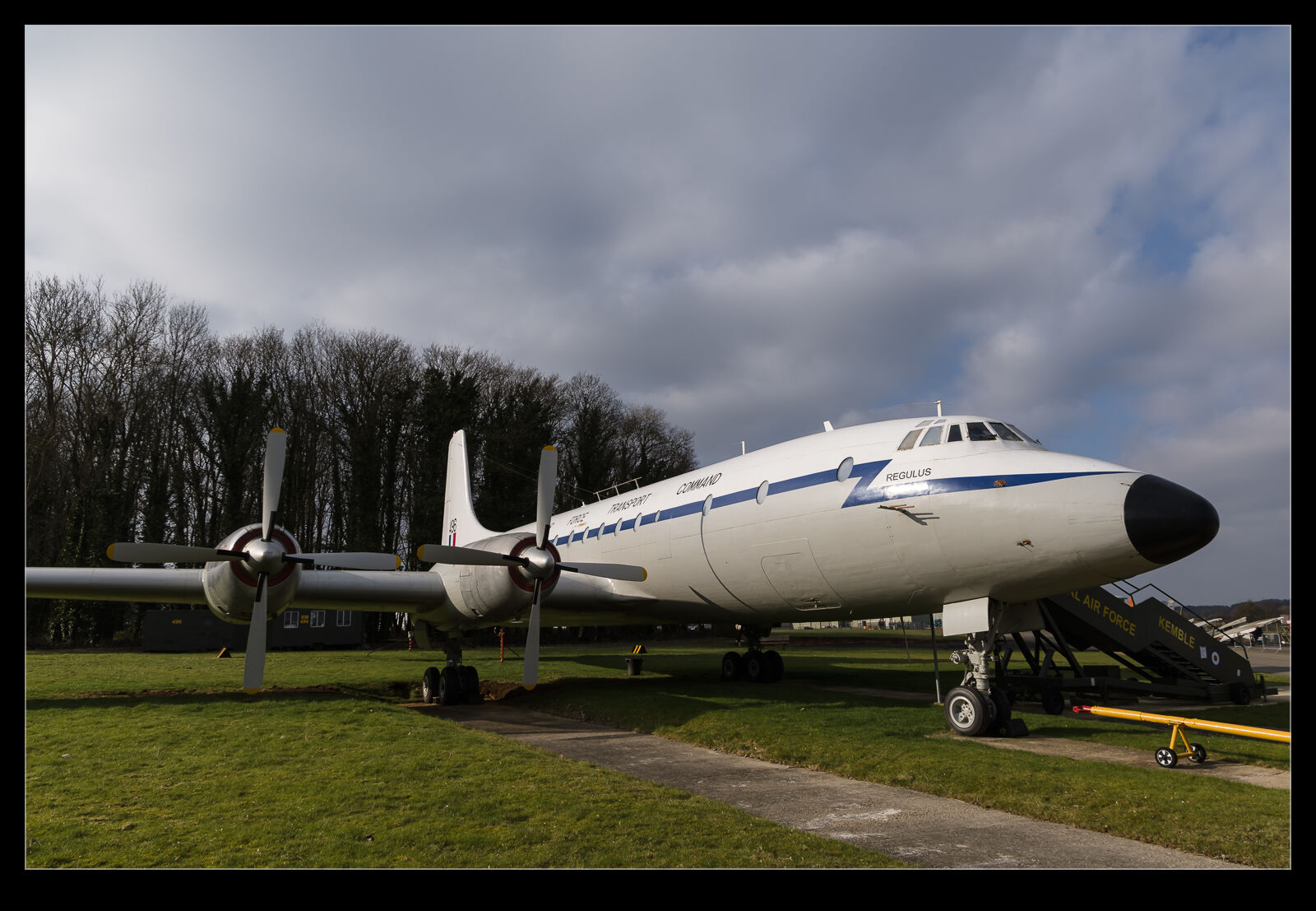 There are many aircraft that the British aircraft industry produced in the middle to late 20th century that did not end up being terribly successful. There was the occasional commercial product in there but a lot that did not have large production numbers, even by the standards of the day. It was not unusual for the Royal Air Force to end up operating a few of these as the government of the day found a way to prop up an ailing manufacturer. One type like this was the Bristol Britannia.
There are many aircraft that the British aircraft industry produced in the middle to late 20th century that did not end up being terribly successful. There was the occasional commercial product in there but a lot that did not have large production numbers, even by the standards of the day. It was not unusual for the Royal Air Force to end up operating a few of these as the government of the day found a way to prop up an ailing manufacturer. One type like this was the Bristol Britannia.
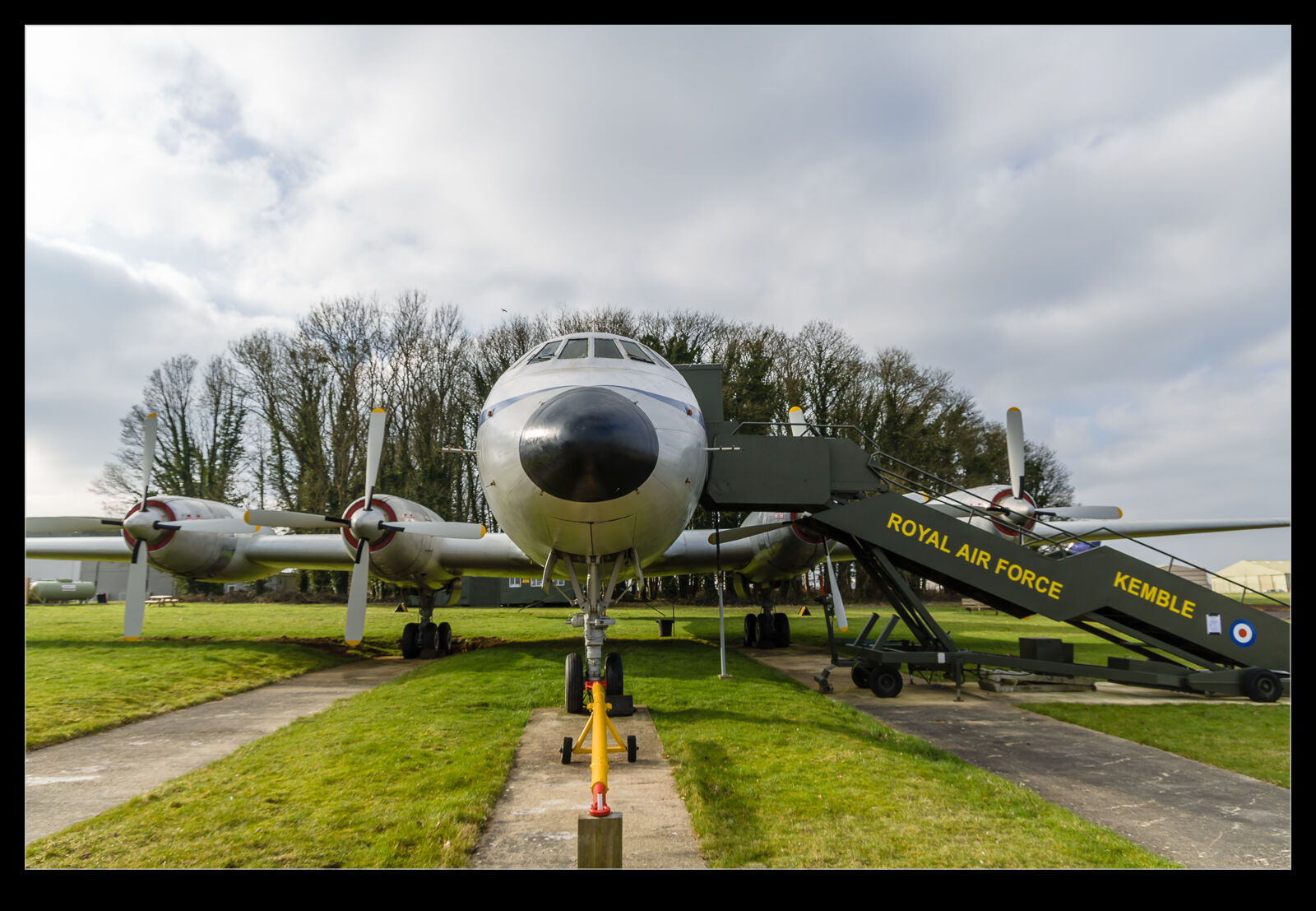 A turboprop airliner, it was too large given that jets had taken over the market by the time it was coming into service. The Royal Air Force was the “willing” recipient of some of these airframes and, for transporting troops that didn’t have a choice in the matter, they were probably just fine. One of these airframes, Regulus, is not preserved at Cotswold Airport at Kemble in Gloucestershire. I didn’t know it was there until I was driving around the airport killing some time. It looks to be in great condition. I don’t know how well it is handling the corrosion risk that damp UK airfields offer but I hope it lasts a long time. There are a few of these around but not many.
A turboprop airliner, it was too large given that jets had taken over the market by the time it was coming into service. The Royal Air Force was the “willing” recipient of some of these airframes and, for transporting troops that didn’t have a choice in the matter, they were probably just fine. One of these airframes, Regulus, is not preserved at Cotswold Airport at Kemble in Gloucestershire. I didn’t know it was there until I was driving around the airport killing some time. It looks to be in great condition. I don’t know how well it is handling the corrosion risk that damp UK airfields offer but I hope it lasts a long time. There are a few of these around but not many.
End of the Line for These Jets
 I have posted a few shots of preserved aircraft at Kemble, but Cotswold Airport is the end of the line for a lot of planes in a far less graceful way. It is the base for disassembly of airframes that have reached the end of their operational lives. A jet doesn’t have to be that old to have greater value in its parts than as an operational aircraft. If a major check is coming up and it isn’t worth that much post check, it might be worth it to the owner to have it broken down for spares. As airframes get older, this decision is more obvious.
I have posted a few shots of preserved aircraft at Kemble, but Cotswold Airport is the end of the line for a lot of planes in a far less graceful way. It is the base for disassembly of airframes that have reached the end of their operational lives. A jet doesn’t have to be that old to have greater value in its parts than as an operational aircraft. If a major check is coming up and it isn’t worth that much post check, it might be worth it to the owner to have it broken down for spares. As airframes get older, this decision is more obvious.
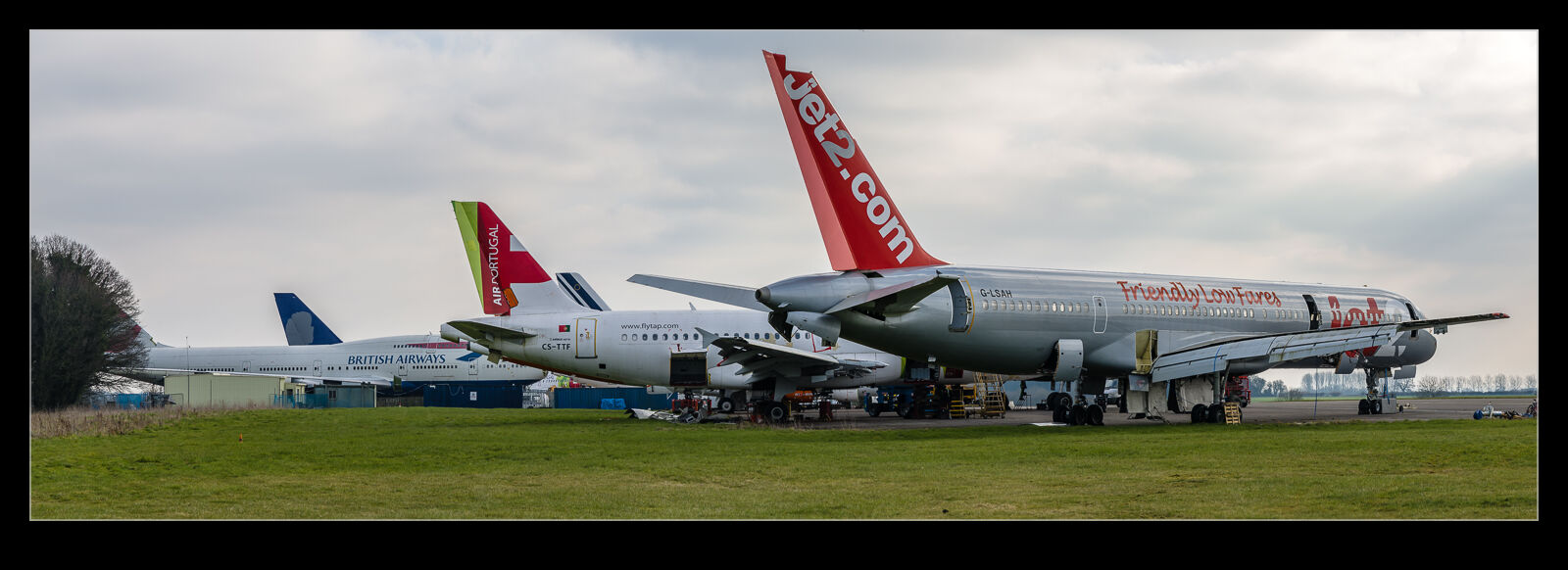 Kemble is the location where a lot of this happens. From the airfield or from the road that passes by, you can see a line up of aircraft that are unlikely to ever fly again. They will be progressively stripped of their most valuable parts. They may hang around like this for a long time with bits being gradually taken off as they are demanded by other operators. Eventually, there will be little left of value and the scrap metal will become the most valuable thing that they have to offer. Then they will be cut up. It is a safe process for an aviation enthusiast but a normal part of the life cycle of an aircraft. If you are in the area, head by to see what is there.
Kemble is the location where a lot of this happens. From the airfield or from the road that passes by, you can see a line up of aircraft that are unlikely to ever fly again. They will be progressively stripped of their most valuable parts. They may hang around like this for a long time with bits being gradually taken off as they are demanded by other operators. Eventually, there will be little left of value and the scrap metal will become the most valuable thing that they have to offer. Then they will be cut up. It is a safe process for an aviation enthusiast but a normal part of the life cycle of an aircraft. If you are in the area, head by to see what is there.
Phantoms in Pieces
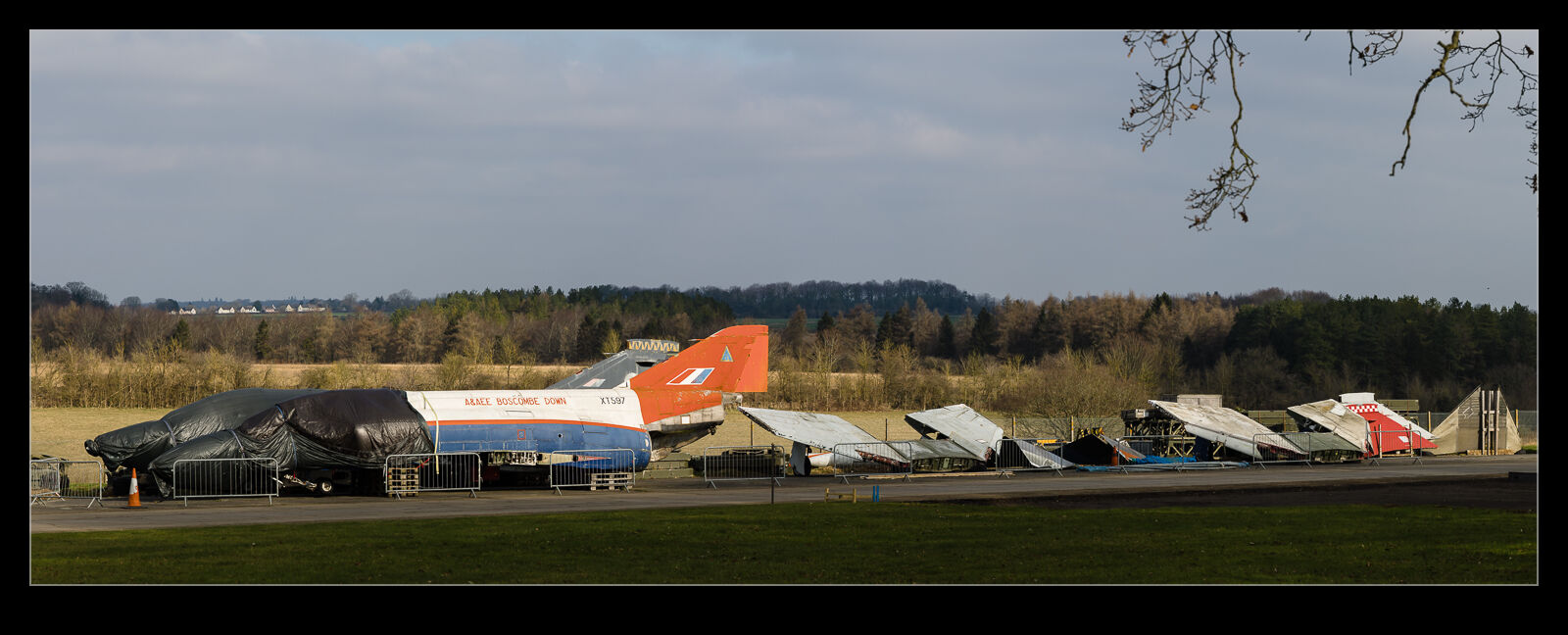 When I was first into aviation, the Phantom was everywhere. It was operated by numerous air forces and the RAF had tons of them (including some that had cascaded from the Royal Navy). At all of my early air shows, there would be Phantoms on static and part of the flying display. While they had started their RAF career in the strike and ground attack role, by this time they were purely used for air defense.
When I was first into aviation, the Phantom was everywhere. It was operated by numerous air forces and the RAF had tons of them (including some that had cascaded from the Royal Navy). At all of my early air shows, there would be Phantoms on static and part of the flying display. While they had started their RAF career in the strike and ground attack role, by this time they were purely used for air defense.
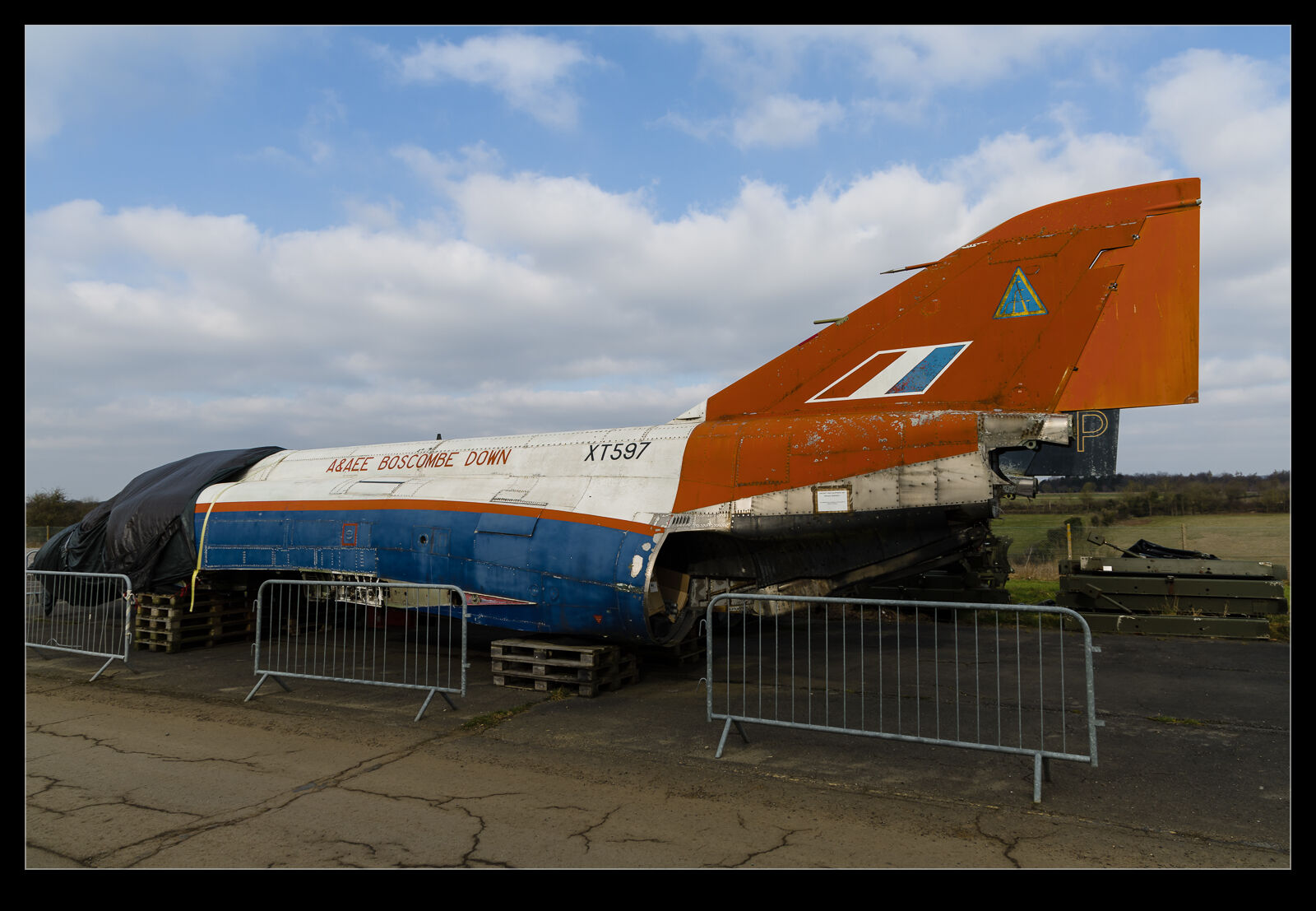 With the end of the Cold War, the RAF reduced in size and the Phantoms were withdrawn from service far faster than had originally been anticipated. It wasn’t long before they were all gone. A bunch ended up in museums and the rest were cut up. As I was exploring Kemble’s airfield – Cotswold Airport to give it its proper name – I was surprised to come across a bunch of bits of Phantoms alongside the road. A pair of fuselages including one of a Boscombe test jet that I had a kit of as a kid, some wings, fins and tail planes. It was all just sitting there so I grabbed a few shots. I have heard since that the airport was pressuring the owners to cover it all properly and I think it all went under cover shortly after I was there. A lucky break for me, I guess.
With the end of the Cold War, the RAF reduced in size and the Phantoms were withdrawn from service far faster than had originally been anticipated. It wasn’t long before they were all gone. A bunch ended up in museums and the rest were cut up. As I was exploring Kemble’s airfield – Cotswold Airport to give it its proper name – I was surprised to come across a bunch of bits of Phantoms alongside the road. A pair of fuselages including one of a Boscombe test jet that I had a kit of as a kid, some wings, fins and tail planes. It was all just sitting there so I grabbed a few shots. I have heard since that the airport was pressuring the owners to cover it all properly and I think it all went under cover shortly after I was there. A lucky break for me, I guess.
B-2 At Fairford
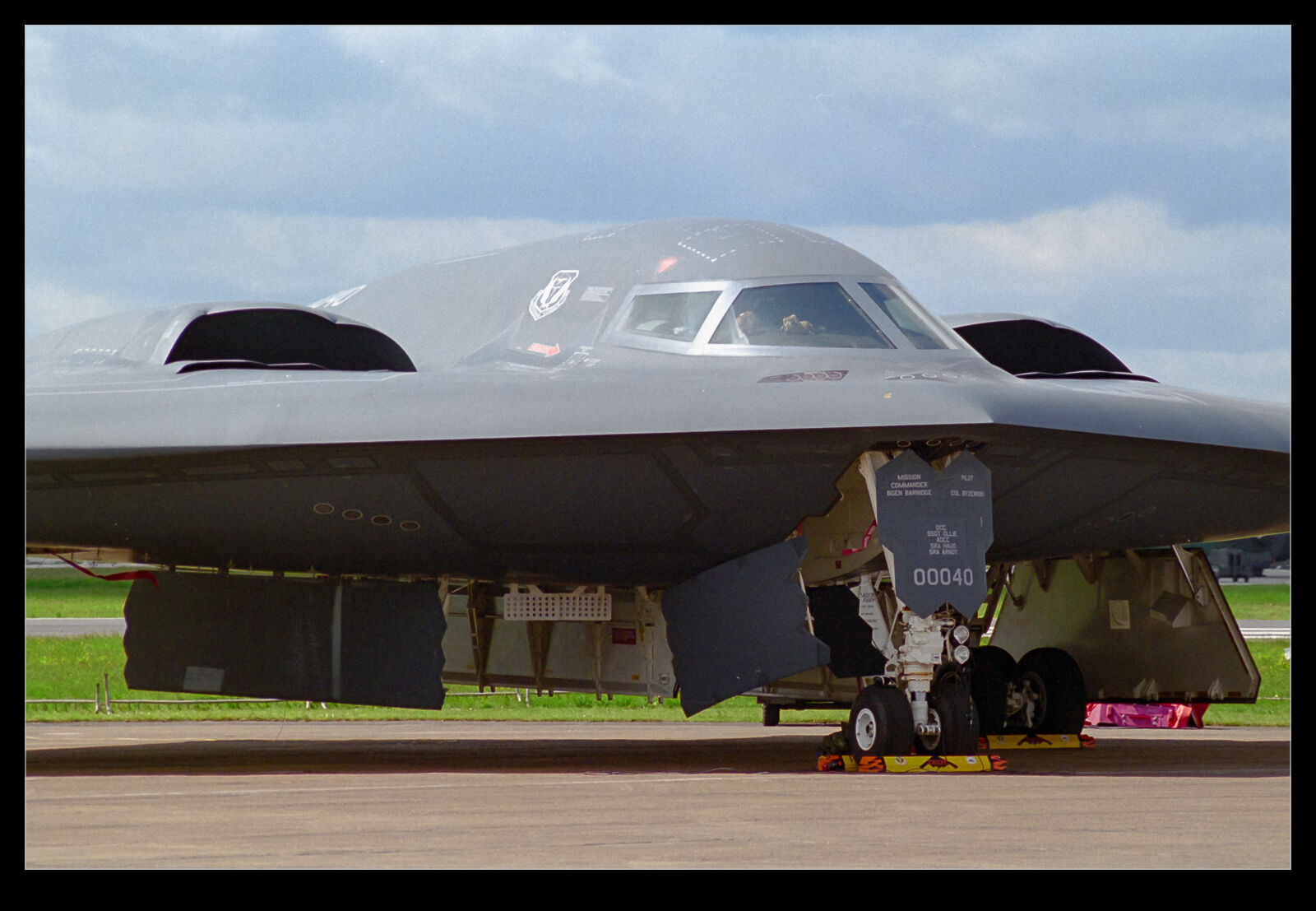 I was thinking back to previous RIAT shows when I was putting together the 2006 post here. RIAT was my first encounter with the B-2. I recall it showing up to a show one year for a flyby without landing. It flew through accompanied by a pair of F-15Cs, one on each wing. Then, another year – maybe the next but I don’t recall for sure – one was actually deployed to the show. It was parked up so close to everyone on the flight line. I took quite a few pictures of it because it was so new and interesting. (A few pictures in the film days was a let less than it became in the digital days!) Even now, I think a show would consider it quite a coup to have a B-2 on the ground.
I was thinking back to previous RIAT shows when I was putting together the 2006 post here. RIAT was my first encounter with the B-2. I recall it showing up to a show one year for a flyby without landing. It flew through accompanied by a pair of F-15Cs, one on each wing. Then, another year – maybe the next but I don’t recall for sure – one was actually deployed to the show. It was parked up so close to everyone on the flight line. I took quite a few pictures of it because it was so new and interesting. (A few pictures in the film days was a let less than it became in the digital days!) Even now, I think a show would consider it quite a coup to have a B-2 on the ground.
An Old RIAT Since This Year’s Is Scrubbed
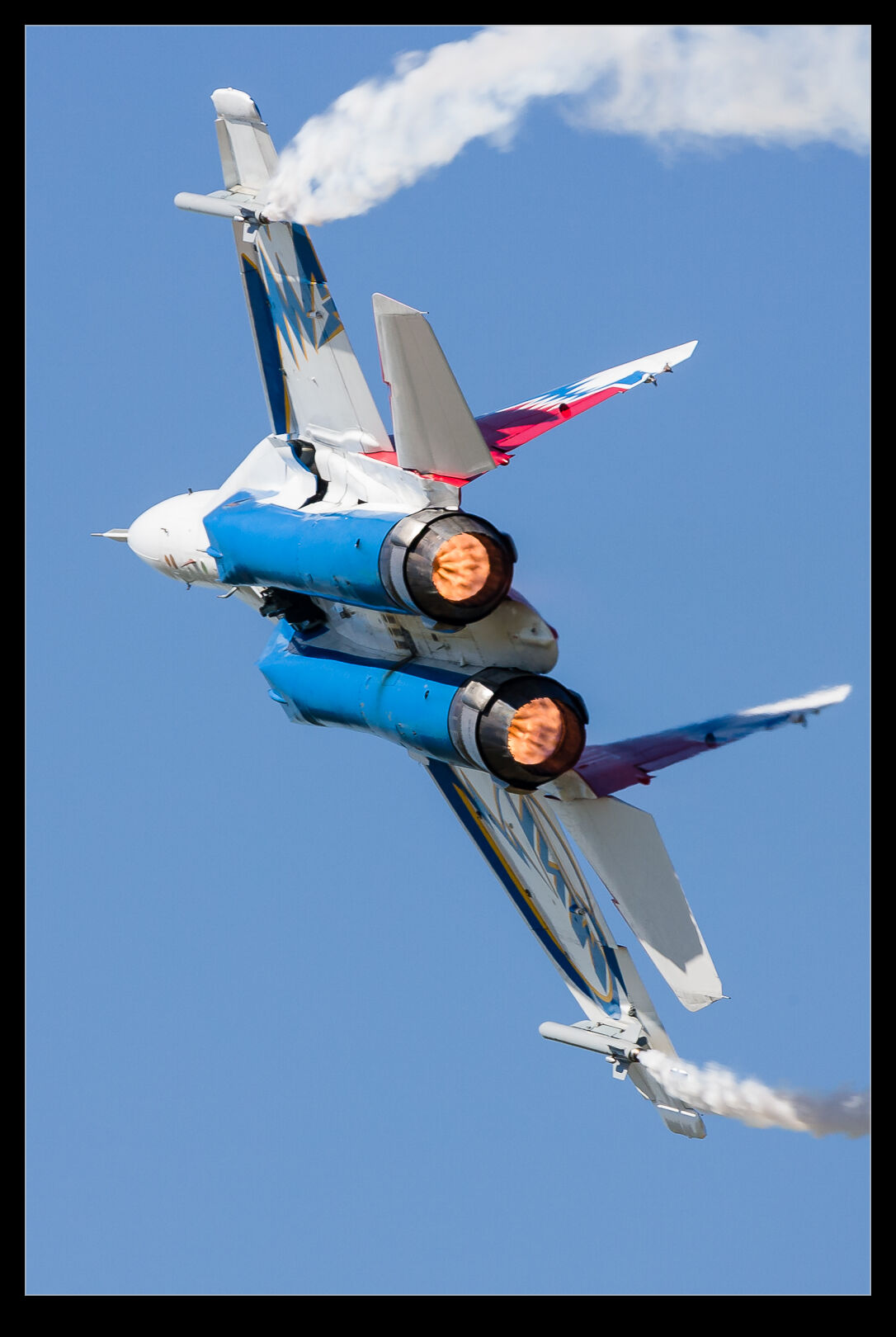 When I lived in the UK, a trip to RIAT was a regular thing for me. After I started shooting digital, I was living in the US so RIAT was more than just a day trip. My first visit with the digital camera was in 2006. I had to be in the UK for work so I timed it to coincide with RIAT because, you know, it would have been rude not to. With RIAT canceled this year due to the ongoing virus issues, I figured I would jump back to this show to provide some highlights.
When I lived in the UK, a trip to RIAT was a regular thing for me. After I started shooting digital, I was living in the US so RIAT was more than just a day trip. My first visit with the digital camera was in 2006. I had to be in the UK for work so I timed it to coincide with RIAT because, you know, it would have been rude not to. With RIAT canceled this year due to the ongoing virus issues, I figured I would jump back to this show to provide some highlights.
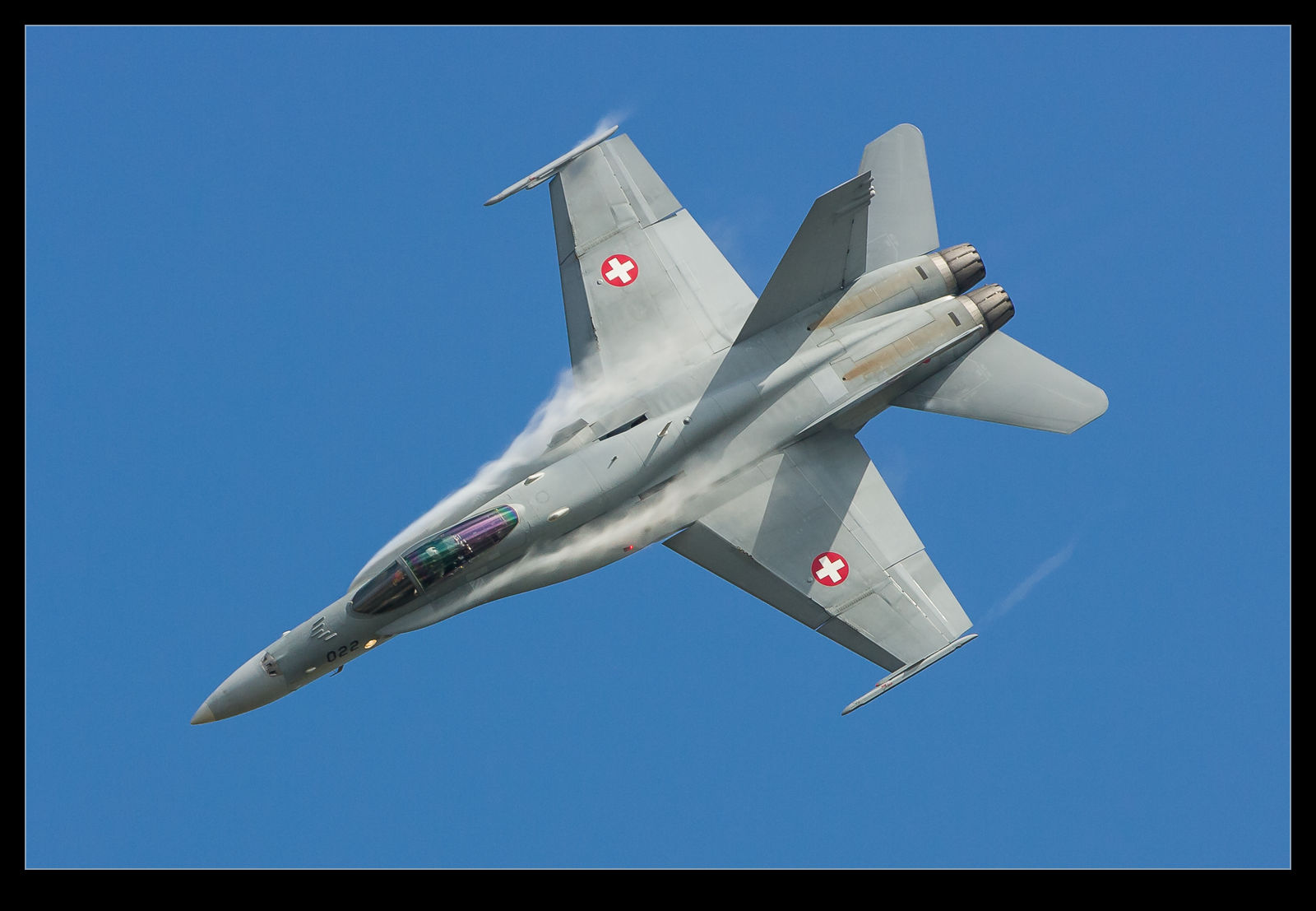 I spent two days there. I made my first arrivals day visit and spent the day at the west end which was really nice. Planes were arriving from that direction anyway so it worked out well. The conditions were really nice on both days too so it was a fun and successful shoot. Mikoyan-Gurevich brought there MiG-29OVT demonstrator with thrust vectoring and it flipped its way around the sky with abandon. There was the usual selection of types from around the world which makes RIAT so fun. There were also some older UK types making an appearance like the Canberra demonstration – the last RAF Canberra flights I saw – and the old Twin Pioneer.
I spent two days there. I made my first arrivals day visit and spent the day at the west end which was really nice. Planes were arriving from that direction anyway so it worked out well. The conditions were really nice on both days too so it was a fun and successful shoot. Mikoyan-Gurevich brought there MiG-29OVT demonstrator with thrust vectoring and it flipped its way around the sky with abandon. There was the usual selection of types from around the world which makes RIAT so fun. There were also some older UK types making an appearance like the Canberra demonstration – the last RAF Canberra flights I saw – and the old Twin Pioneer.

A Czech Mil-24 Hind helicopter gunship in special tiger dquadron markings overflies RAF Fairford, UK.
Hopefully there is something in this selection that will be of interest from a great show. There have been more RIAT visits since so maybe I shall dig out some stuff from those years if I continue to struggle for material for future posts!
- A Spanish Air Force Eurofighter Typhoon pulls hard during a display at RAF Fairford in the UK.
CV-22 Display
 I have seen plenty of MV-22B Ospreys in service with the Marine Corps but I haven’t see too many CV-22s with the Air Force. One of the early ones was at Hurlburt Field when I visited years ago but we weren’t allowed to photograph it. RIAT provided my first opportunity to shoot one in action. I got some shots of it on arrival day but I was not pleased with the results for a lot of them. I don’t know whether the focus was off or it was my struggles with the low shutter speed but I didn’t do too well.
I have seen plenty of MV-22B Ospreys in service with the Marine Corps but I haven’t see too many CV-22s with the Air Force. One of the early ones was at Hurlburt Field when I visited years ago but we weren’t allowed to photograph it. RIAT provided my first opportunity to shoot one in action. I got some shots of it on arrival day but I was not pleased with the results for a lot of them. I don’t know whether the focus was off or it was my struggles with the low shutter speed but I didn’t do too well.
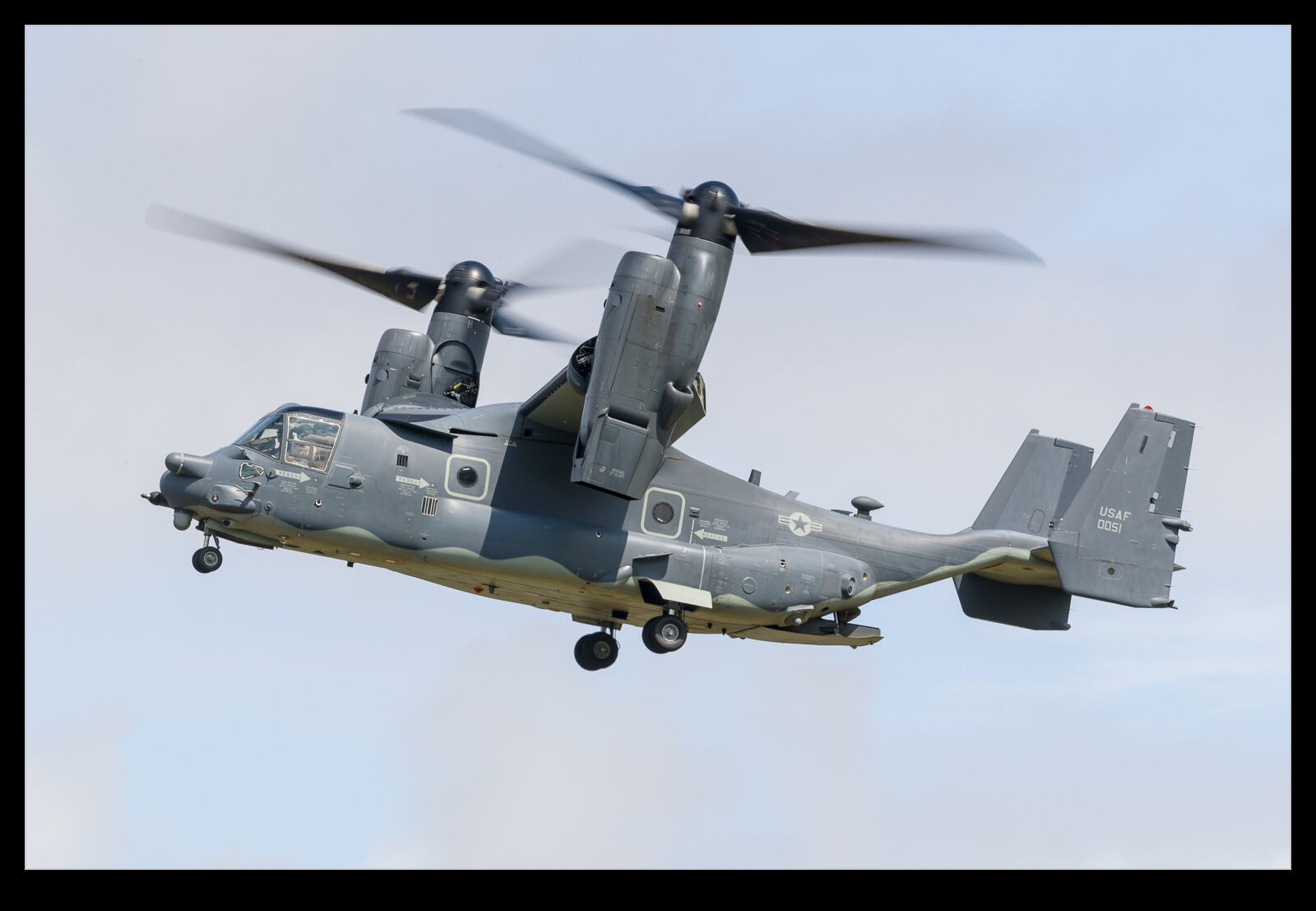 They did display during the flying program, though, so I had a lot more chances to get some shots. The extra lumps and bumps make this distinctive from the USMC version but it is still a hard thing to photograph if you want to get significant blur on those giant, slow turning props. The different shade of gray they go with seems slightly more interesting than the Marine’s scheme too.
They did display during the flying program, though, so I had a lot more chances to get some shots. The extra lumps and bumps make this distinctive from the USMC version but it is still a hard thing to photograph if you want to get significant blur on those giant, slow turning props. The different shade of gray they go with seems slightly more interesting than the Marine’s scheme too.


